In recent years, the bathroom has evolved from a purely functional area for daily cleaning to a private space where people can pursue comfort, health, and an aesthetic experience. According to a study by the National Kitchen & Bath Association (NKBA), over 70% of bathroom renovation projects involve lighting upgrades, with mirrors with lighting functions being one of the most popular categories.
The emergence of LED light mirror is reshaping the user experience of bathroom spaces. From improving lighting quality and optimising energy efficiency to creating a high-end atmosphere, these types of products are becoming indispensable design elements in decoration.
1. Light Efficiency Upgrade: From Functional Lighting to Professional Lighting
The common ceiling lights or wall lights in traditional bathrooms often have problems with light source deviation and shadow interference. Especially during shaving, skincare, or makeup, inadequate lighting can significantly impact the experience.
In contrast, the LED light mirror's built-in light strip or surround light source can provide frontal illumination, avoiding facial shadows. The American Lighting Association (ALA) report states that high-quality LED mirrors can increase facial visibility by 30-35%, significantly improving the accuracy of daily care.
Colour rendering index (CRI): The CRI value of most LED mirrors is above 90, which is close to natural light effect and can more realistically restore skin colour.
Colour temperature adjustment: Users can choose from 2700K warm light, 4000K neutral light, or 6000K cool light, depending on different scenarios, thereby balancing relaxation and functional needs.
2. Energy Conservation and Environmental Protection: The Dual Advantages of Energy Efficiency and Service Life
Lighting accounts for a significant proportion of household energy consumption. According to data from the U.S. Department of Energy, the energy efficiency of LED light sources is more than five times that of incandescent lamps, and their lifespan is typically 25,000–50,000 hours.
Taking an LED mirror used for two hours a day as an example, its annual power consumption is less than 30 kWh, whereas traditional halogen light sources may consume more than 100 kWh. Over the ten-year lifespan of the mirror, hundreds of dollars in cumulative electricity bills can be saved.
In addition, as more states gradually phase out inefficient lighting products, LED technology is becoming the long-term mainstream choice for bathroom space lighting.
3. Spatial Aesthetics: Atmosphere Creation and Visual Extension
The bathroom plays an increasingly important aesthetic role in modern home design, and LED light mirrors have become a core element in shaping the spatial atmosphere.
Atmosphere creation: Backlight design and surround light strips can create a spa-like environment, making daily spaces more relaxed.
Visual Expansion: Uniform and soft lighting can visually expand the sense of space, especially suitable for small and medium-sized bathrooms.
Design Trend: By 2025, borderless, suspended, and minimalist LED mirrors are expected to become the mainstream choice in bathroom decoration.
At this year's Kitchen & Bath Industry Show (KBIS), intelligent dimming, hidden backlighting, and touch-free sensing became the main highlights of the new LED mirrors.
4. Intelligence: Technology Makes Bathrooms More Futuristic
With the rapid development of smart homes, the function of LED light mirrors is no longer limited to lighting.
Anti-fog technology: By using a built-in heating film to eliminate water vapour, the mirror surface remains clear.
Bluetooth speaker: The mirror features a built-in speaker that allows you to play music or answer calls directly.
Touch and Memory: One click adjustment of brightness and colour temperature, and the ability to remember the last settings.
Voice control: Some high-end models are compatible with smart voice assistants, allowing for seamless integration between lighting and home systems.
According to Statista's data, the global smart bathroom market is expected to exceed $11 billion by 2027, with smart lighting mirrors being one of the key growth categories.

5. Investment Return: Small Investment, Big Effect
Bathroom renovation has always been one of the high-return decoration projects. According to the Remodelling Magazine 2024 Cost vs. Value Report, the return on investment (ROI) for bathroom upgrades is generally between 66% and 72%, and improvements in lighting and visual experience often significantly contribute to the resale value of homes.
Compared to high-cost renovations such as replacing tiles or pipes, installing a well-designed LED light mirror on one side is a low-investment, high-aesthetic renovation solution that can quickly improve the overall level.
6. Common Misconceptions and Purchasing Suggestions
Despite strong market demand, consumers still have some misconceptions when purchasing LED light mirrors:
Excessive focus on appearance: Some low-priced products have uneven light sources, a short lifespan, and a poor user experience.
Neglecting size and proportion: Mirrors that are too large or too small can disrupt overall coordination.
Improper installation method: Hardwired and socket installation require different requirements and advanced circuit planning.
Industry experts suggest that when purchasing, attention should be paid to whether the product has UL or ETL certification to ensure electrical safety. At the same time, consider the waterproof rating (IP rating) of the mirror to avoid safety hazards caused by high-humidity environments in the bathroom.
7. Industry Trends and Future Prospects
With the continuous advancement of design and technology, the development trend of LED light mirrors is mainly reflected in the following directions:
Higher energy efficiency: Intelligent dimming and human body sensing technology will further reduce energy consumption.
Diversified design: Combining natural wood, stone, and metal frames to meet diverse aesthetic needs.
Intelligent interconnection: Linked with bathroom heating and sound systems to create a complete intelligent ecosystem.
Customised development: Size, colour, and functionality can be customised according to needs, enhancing a personalised experience.
NKBA's forecast shows that by 2030, over 80% of new and renovated bathroom projects will be equipped with LED light mirrors, which are gradually becoming a standard feature of modern bathrooms.
Conclusion
The value of LED light mirrors has long surpassed that of simple lighting tools. Its comprehensive performance in light efficiency optimisation, energy conservation and environmental protection, spatial aesthetics, intelligent functions, etc., makes it a core upgrade point in bathroom renovation.
For those planning to renovate their bathroom, investing in an LED light mirror wisely means achieving a dual benefit of improved quality of life and long-term value within a limited budget. With the continuous expansion of the market and technological innovation, LED light mirrors will undoubtedly occupy a more important position in future home decoration trends.
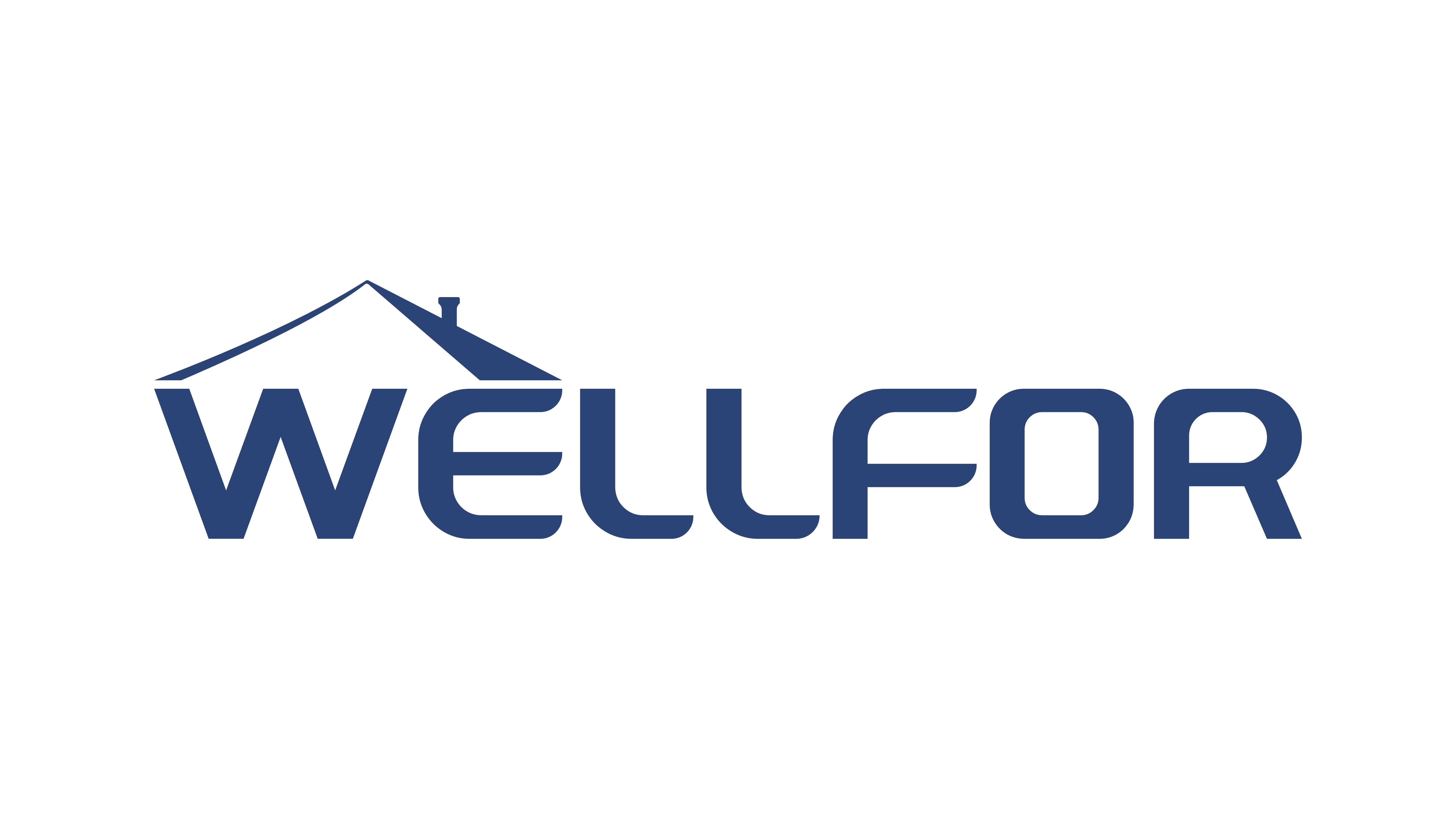
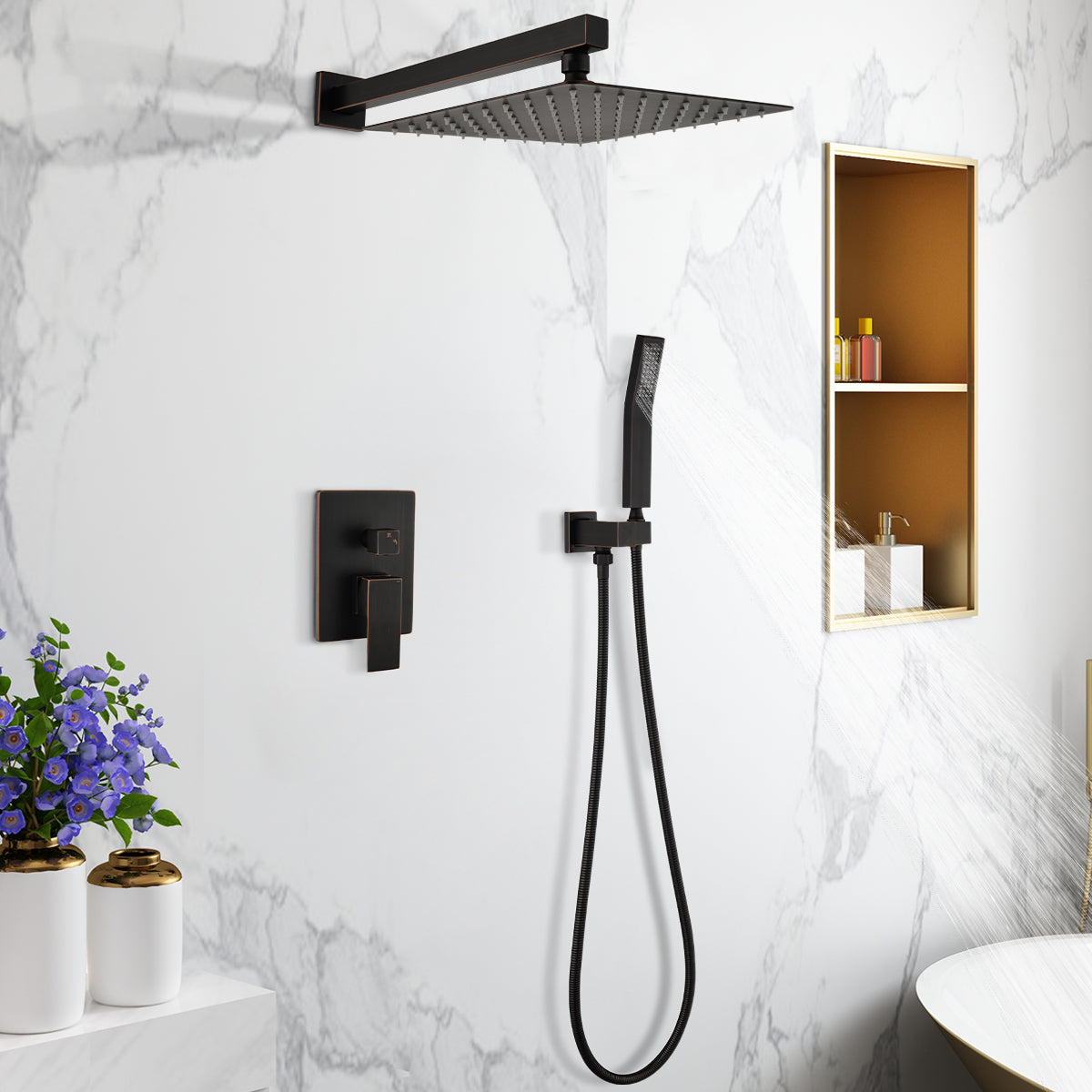
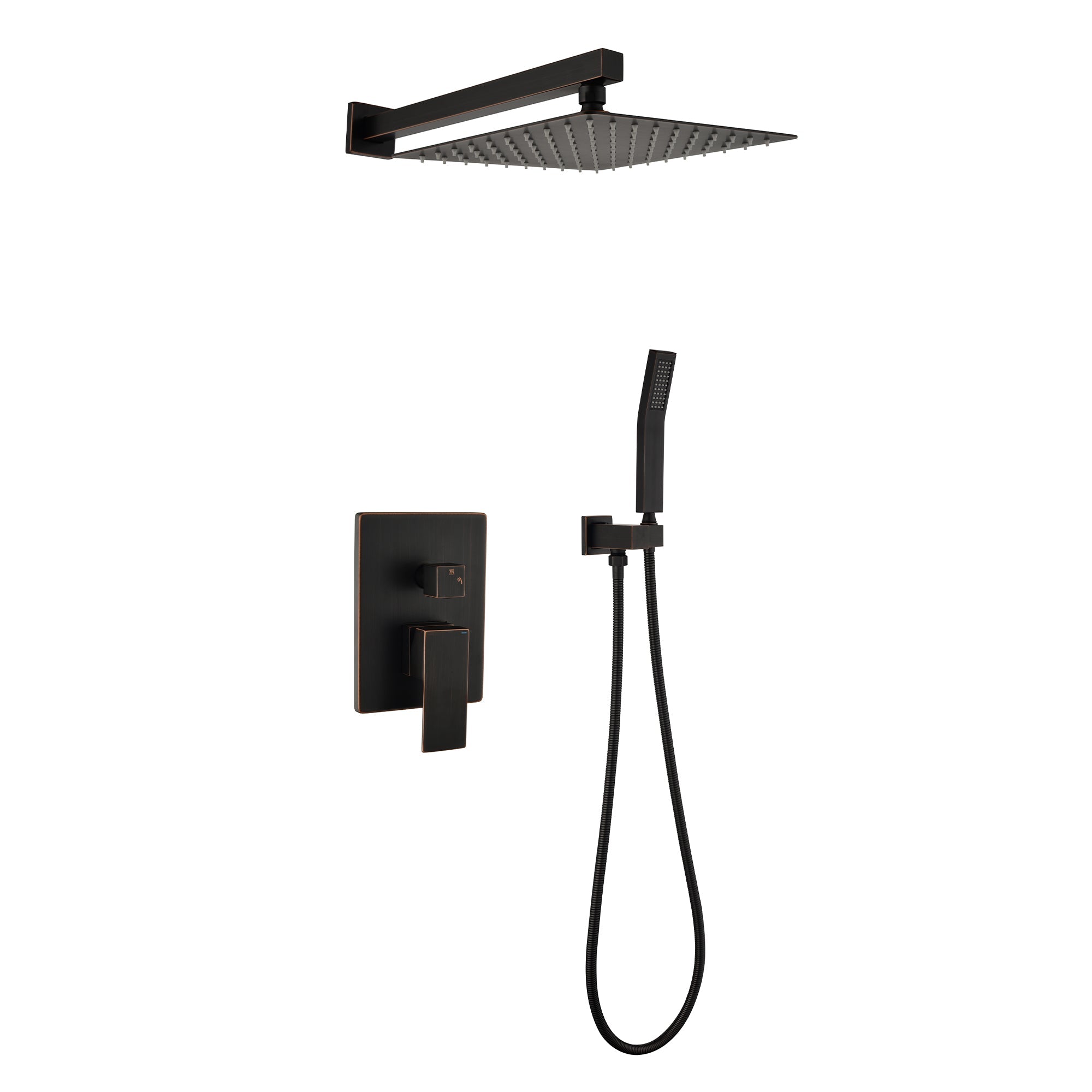


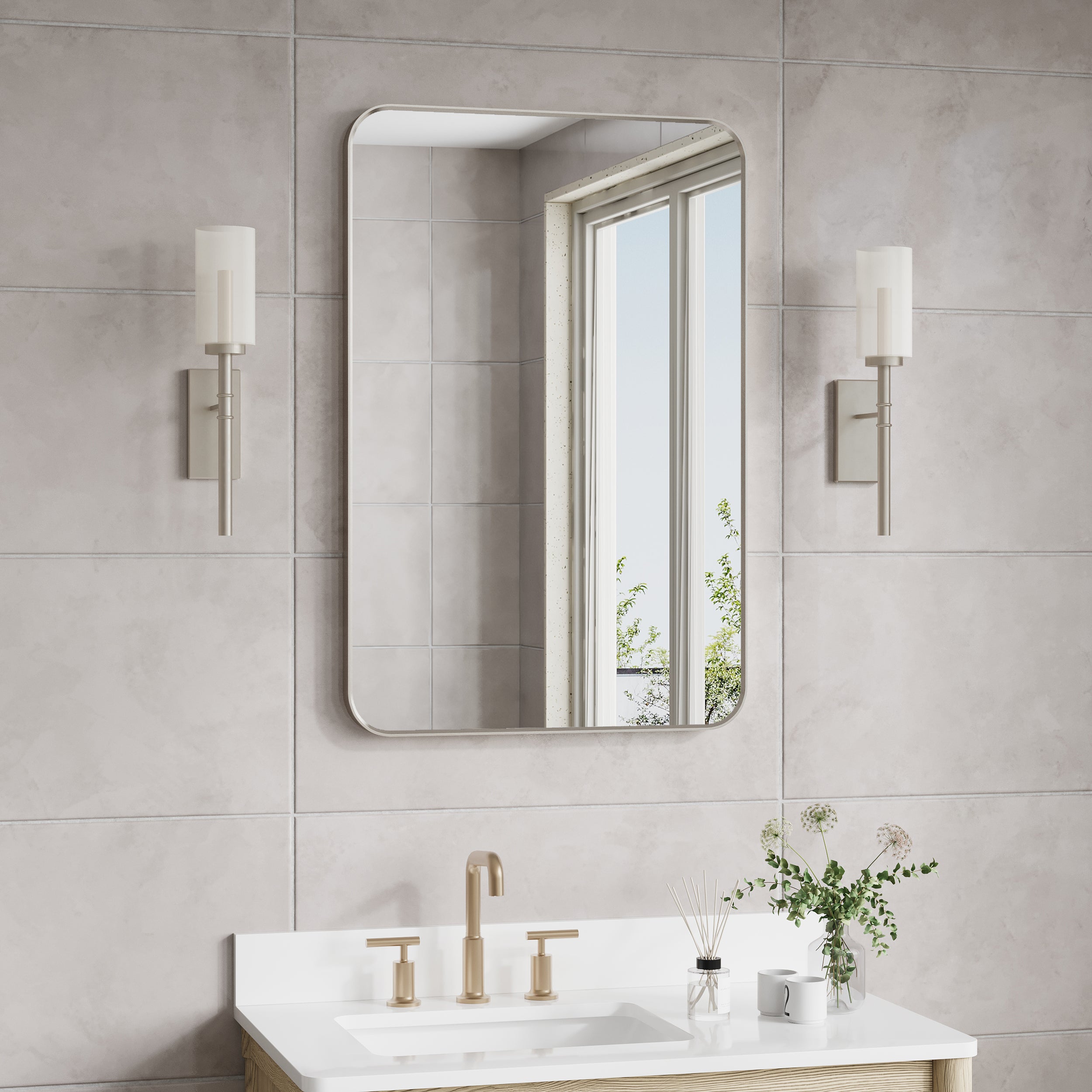
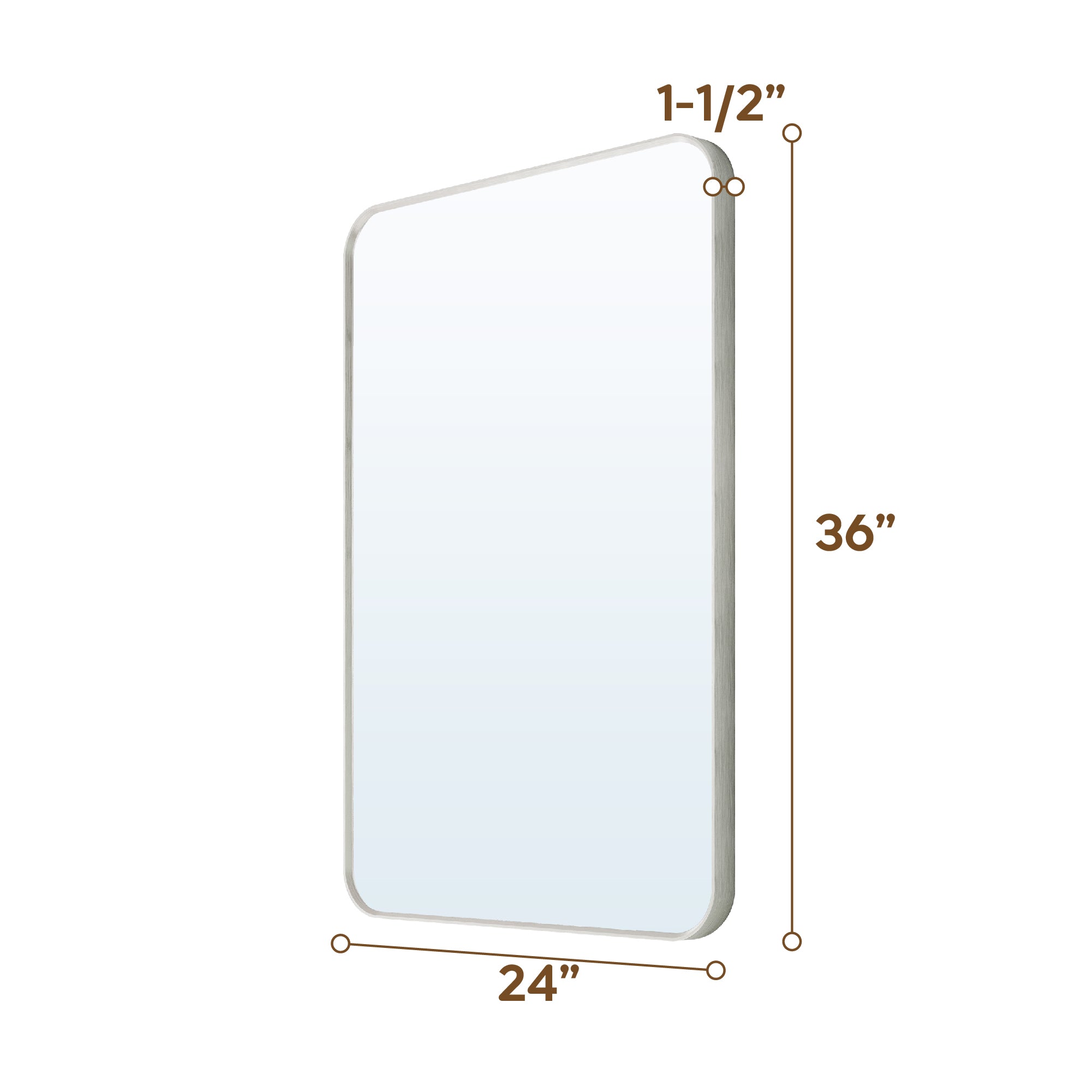

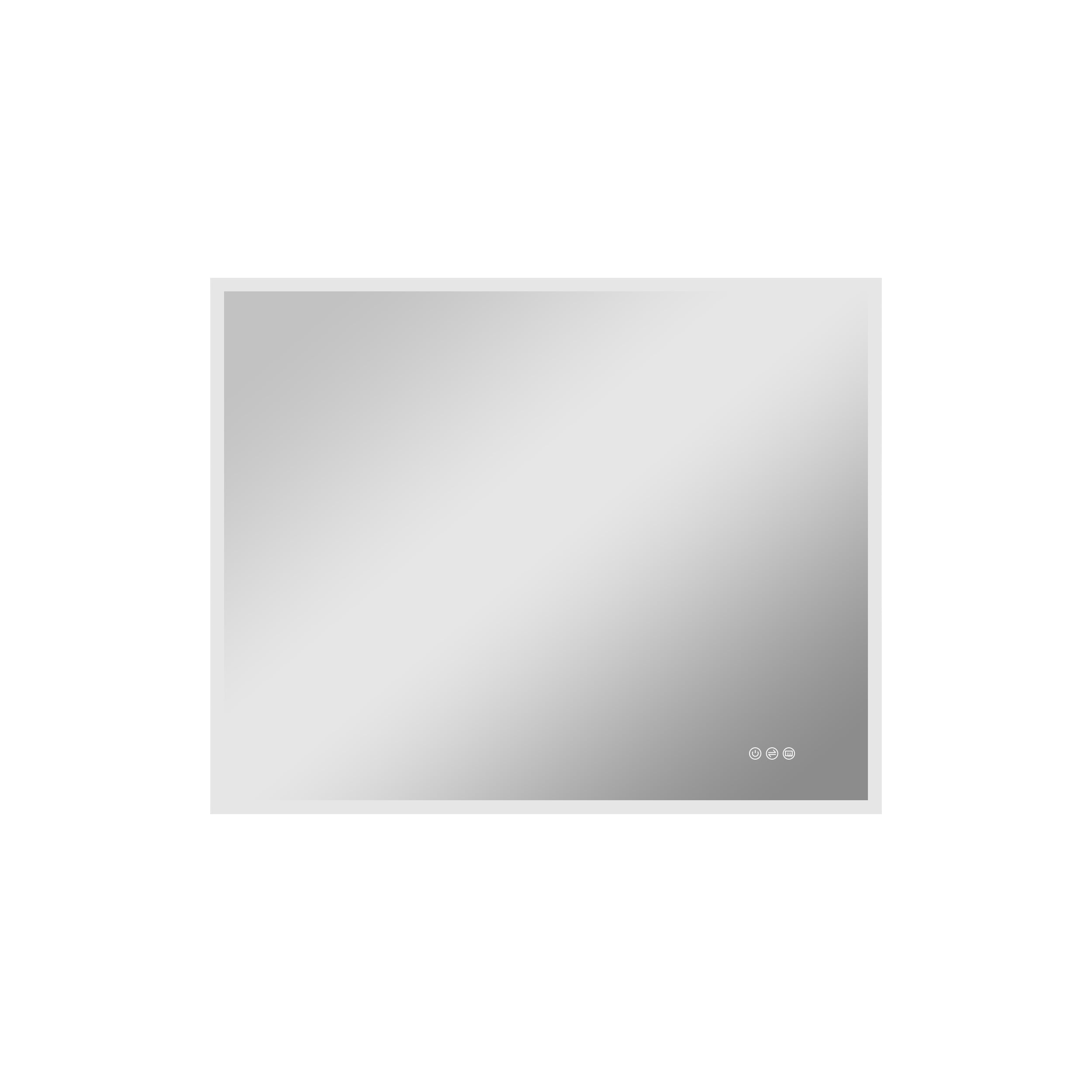

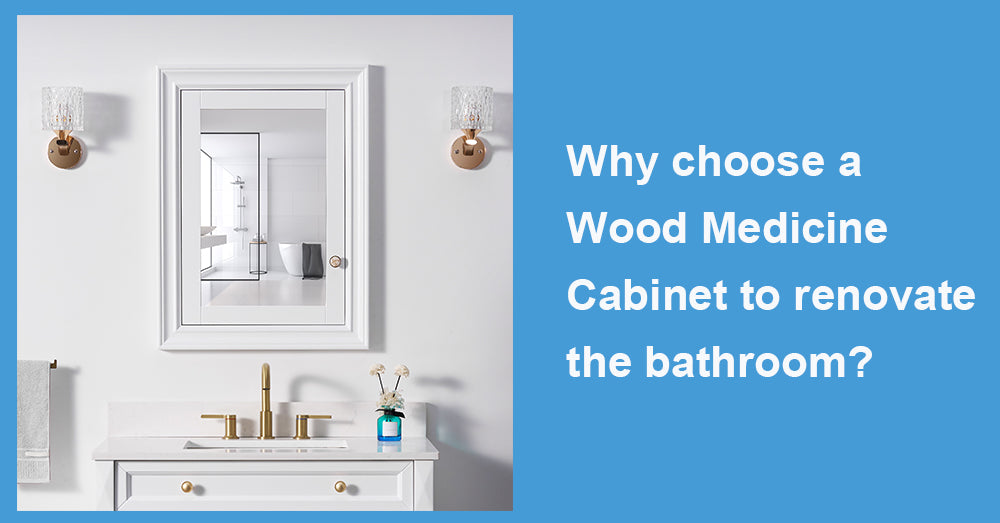
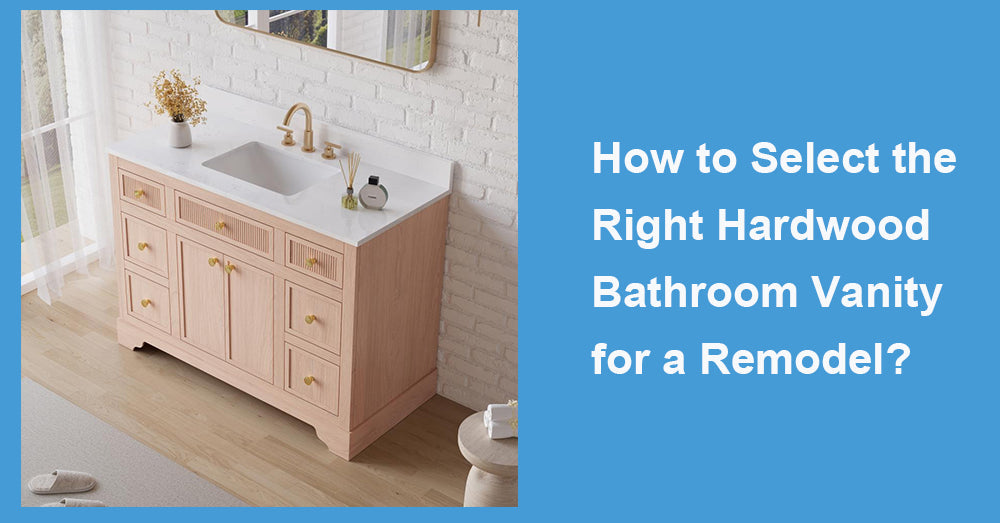
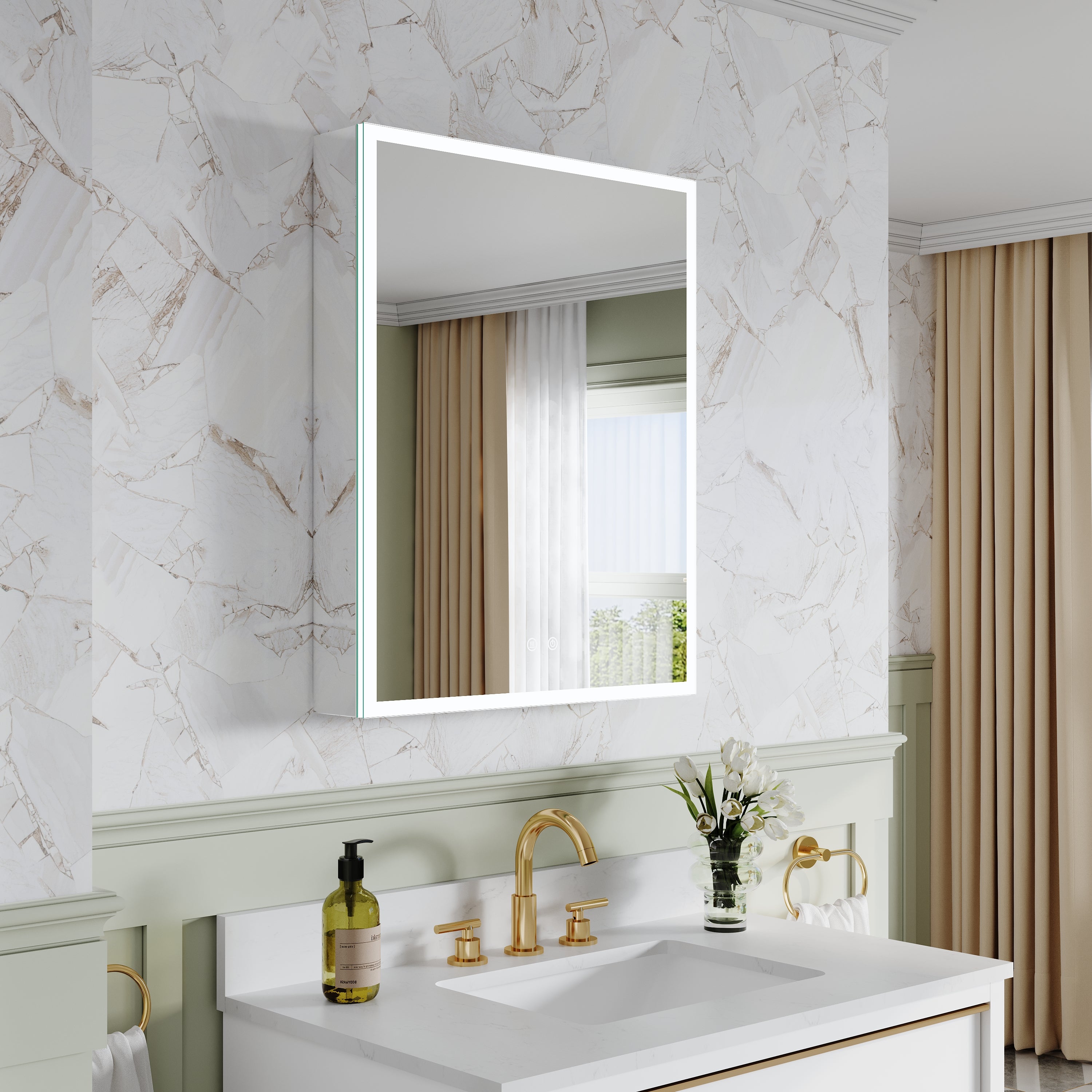
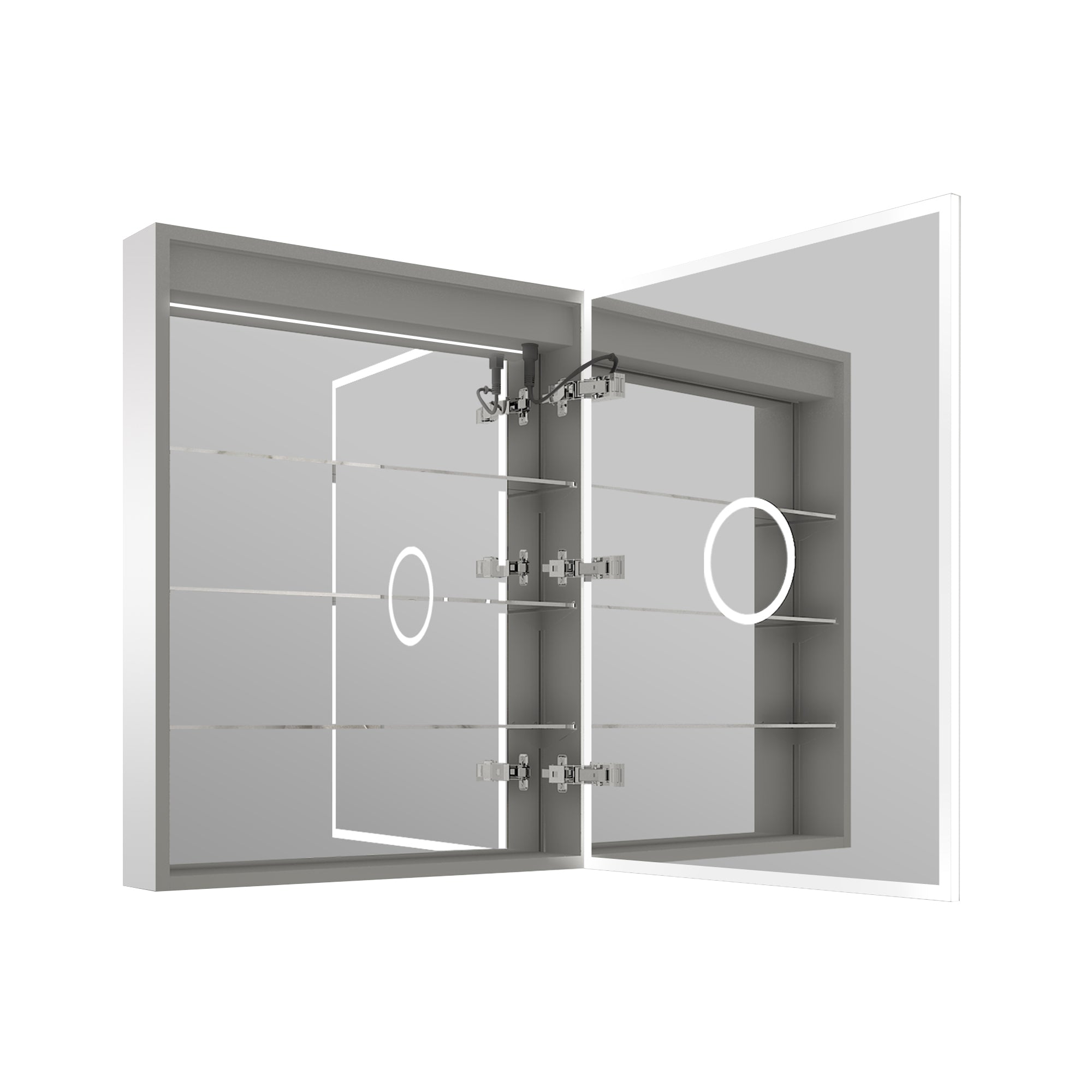
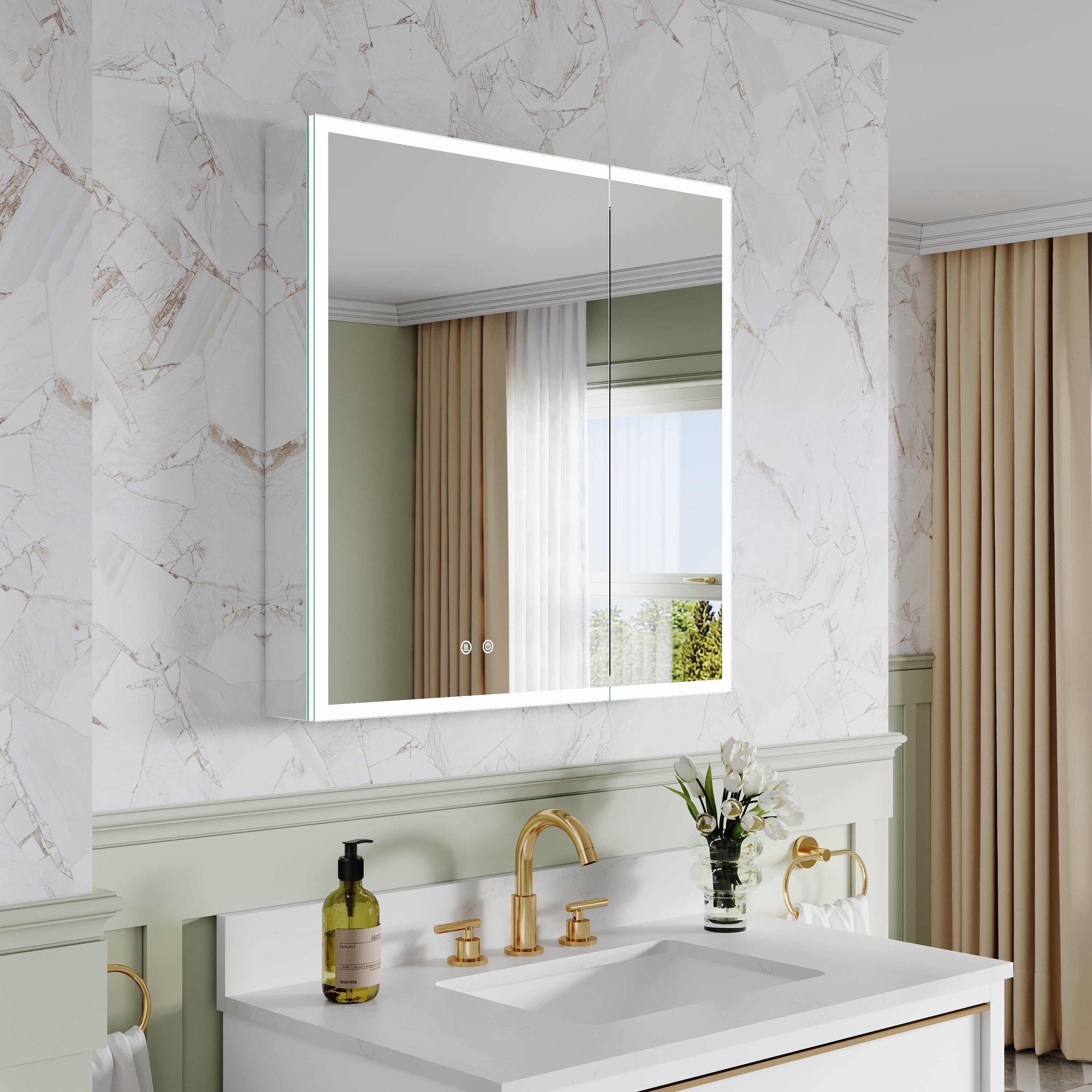
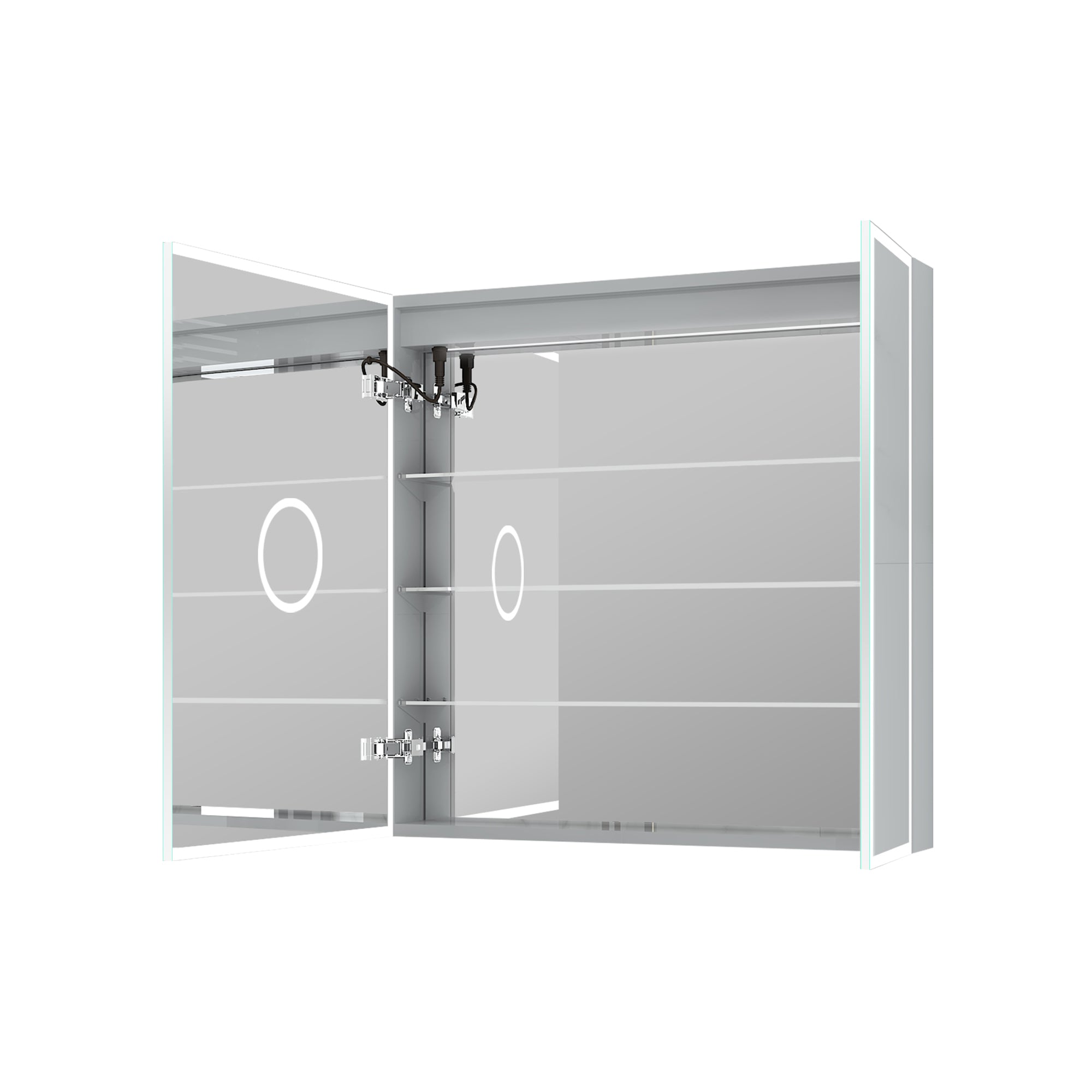
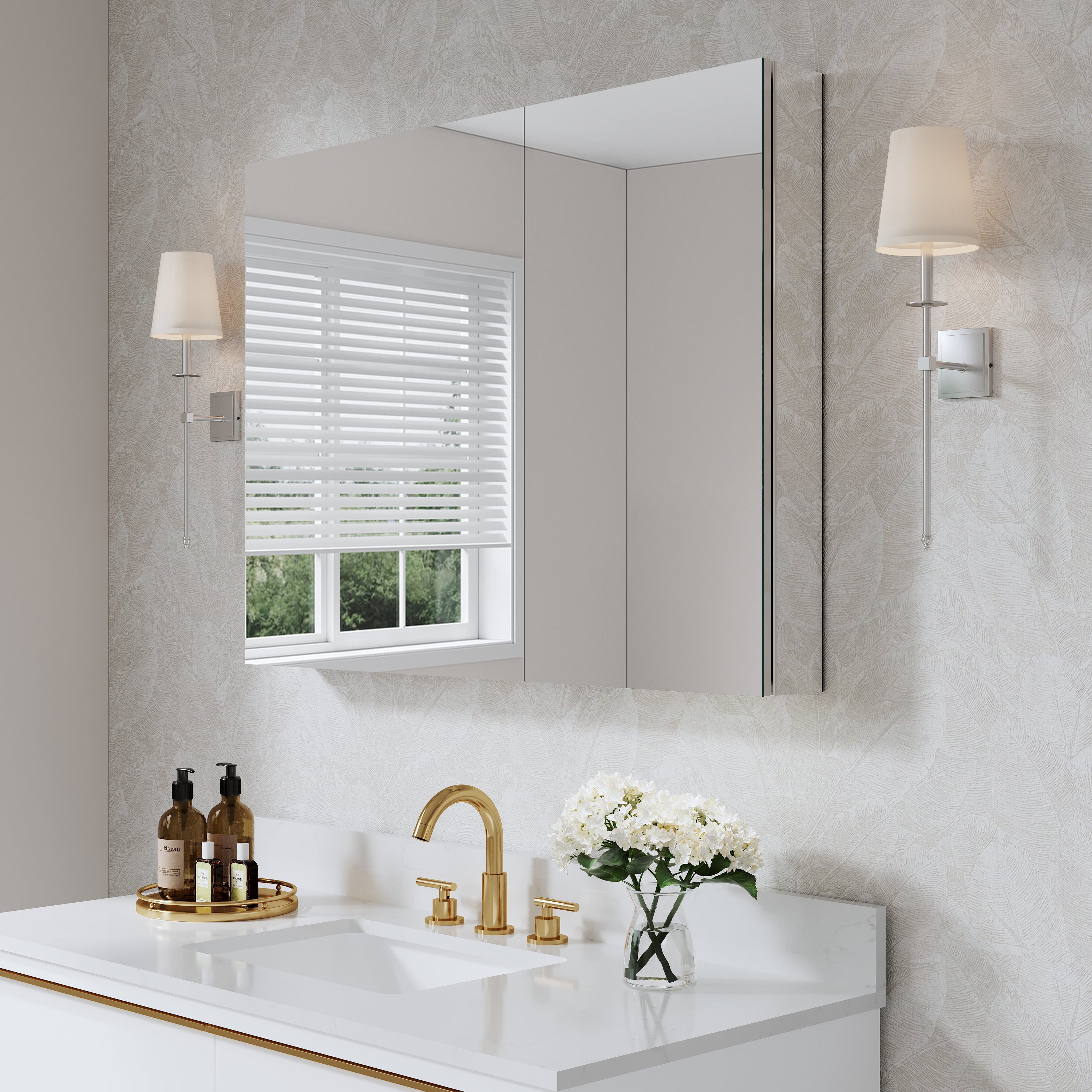

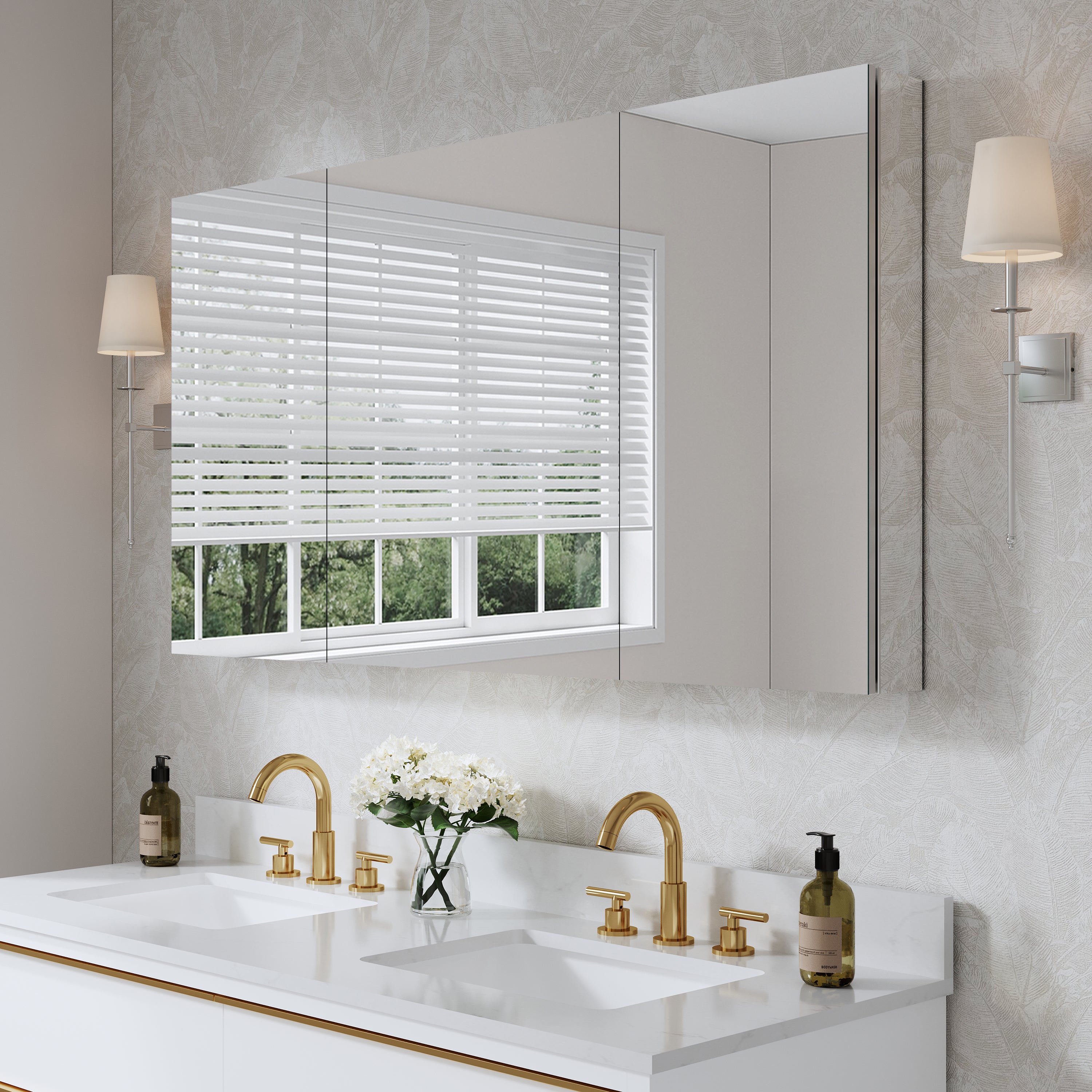

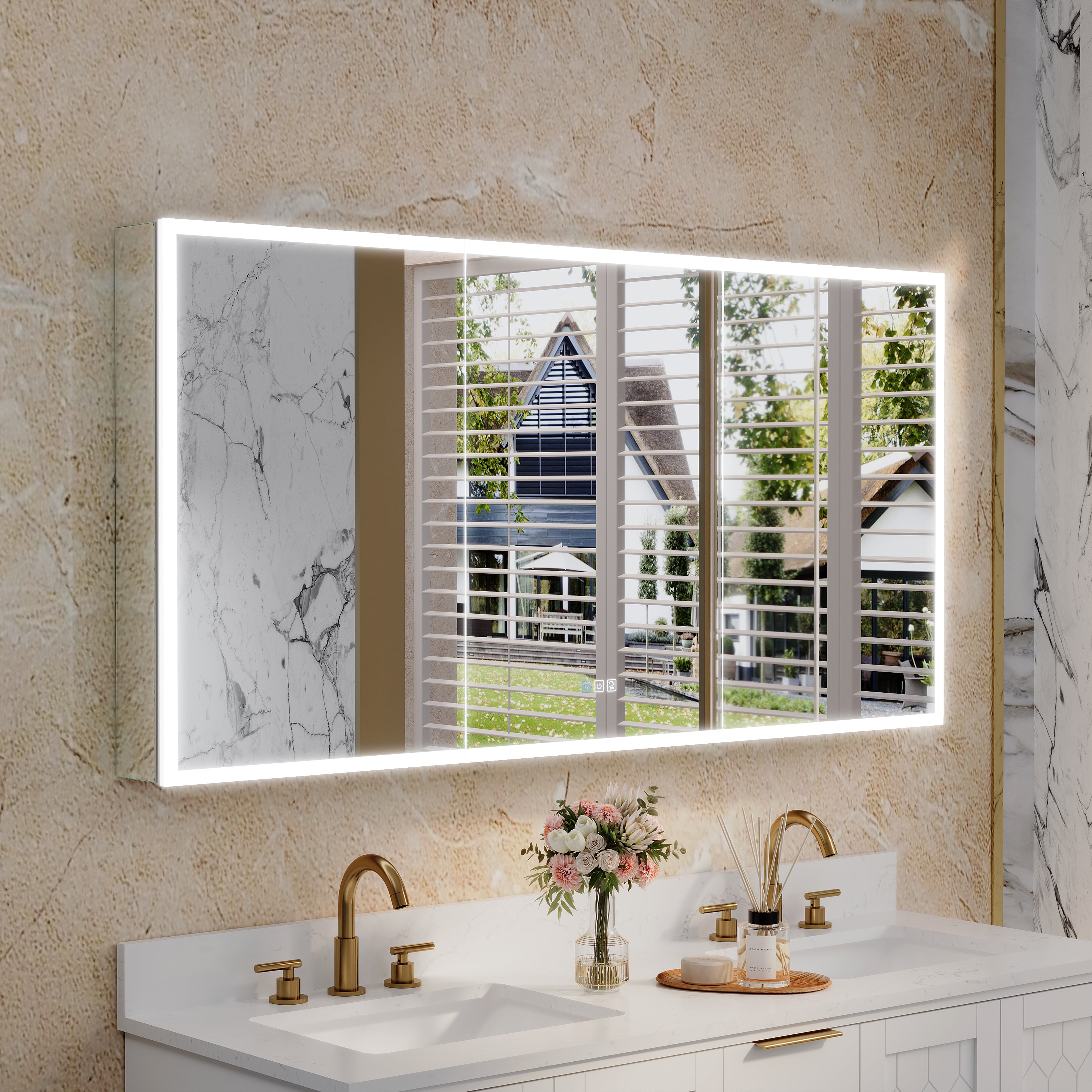

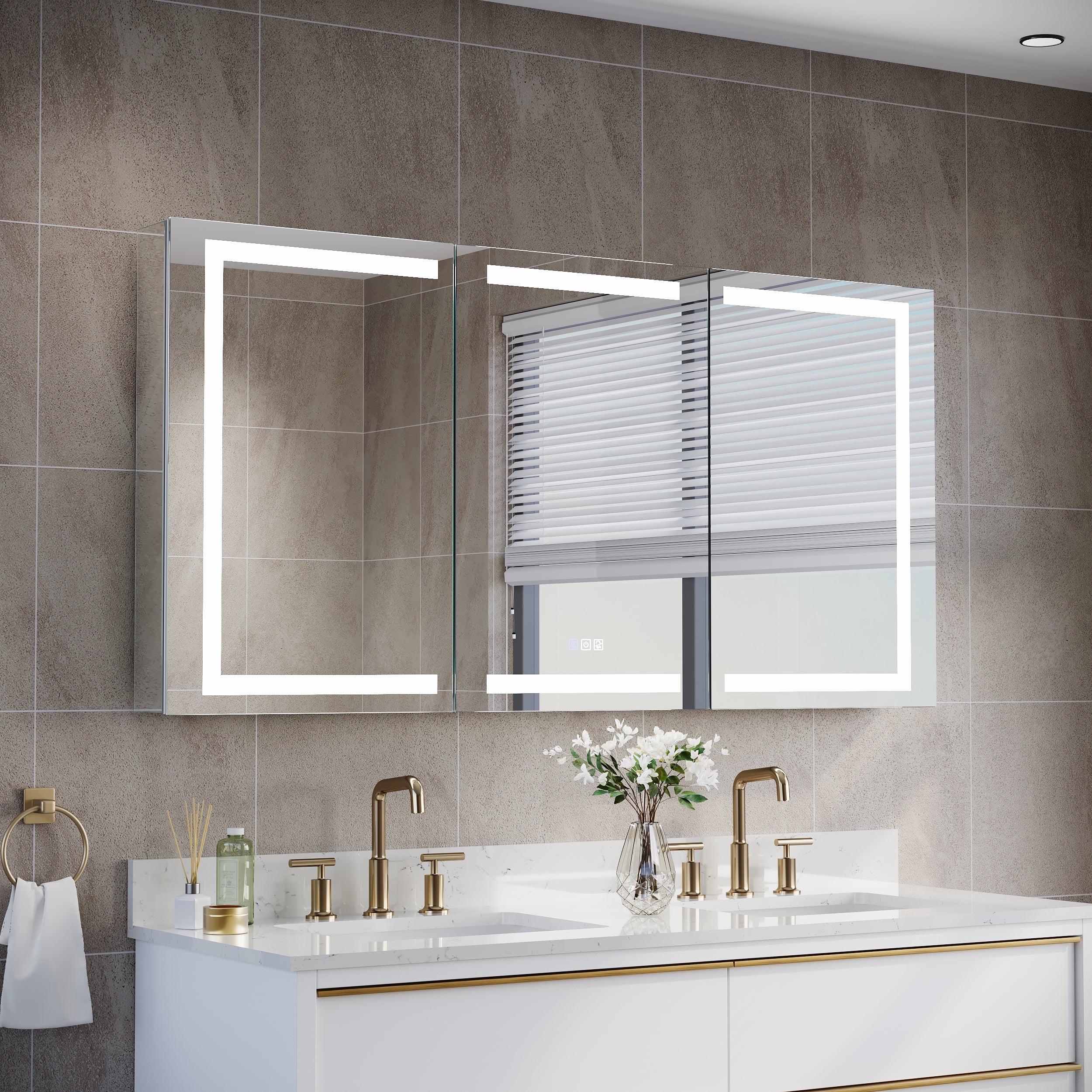


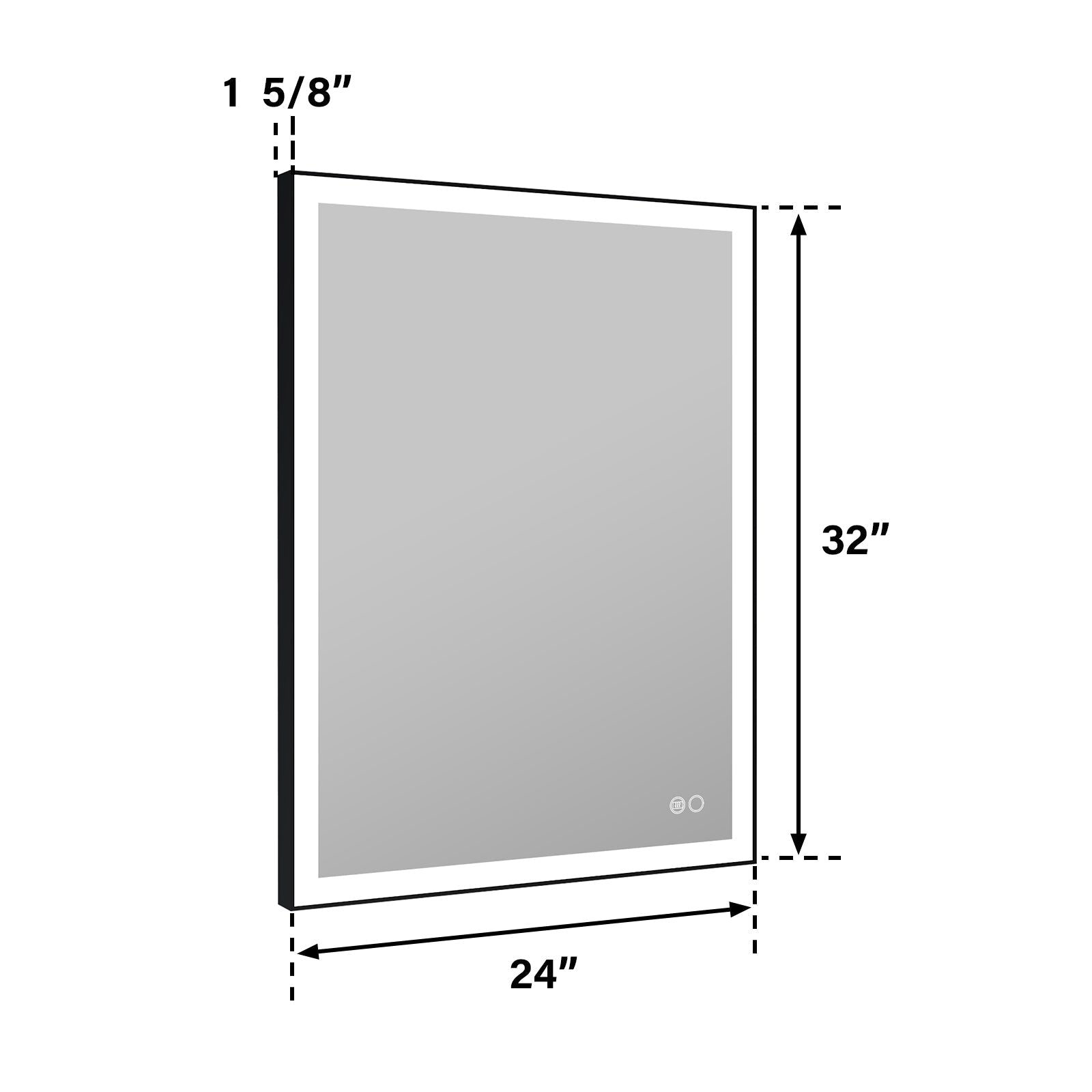
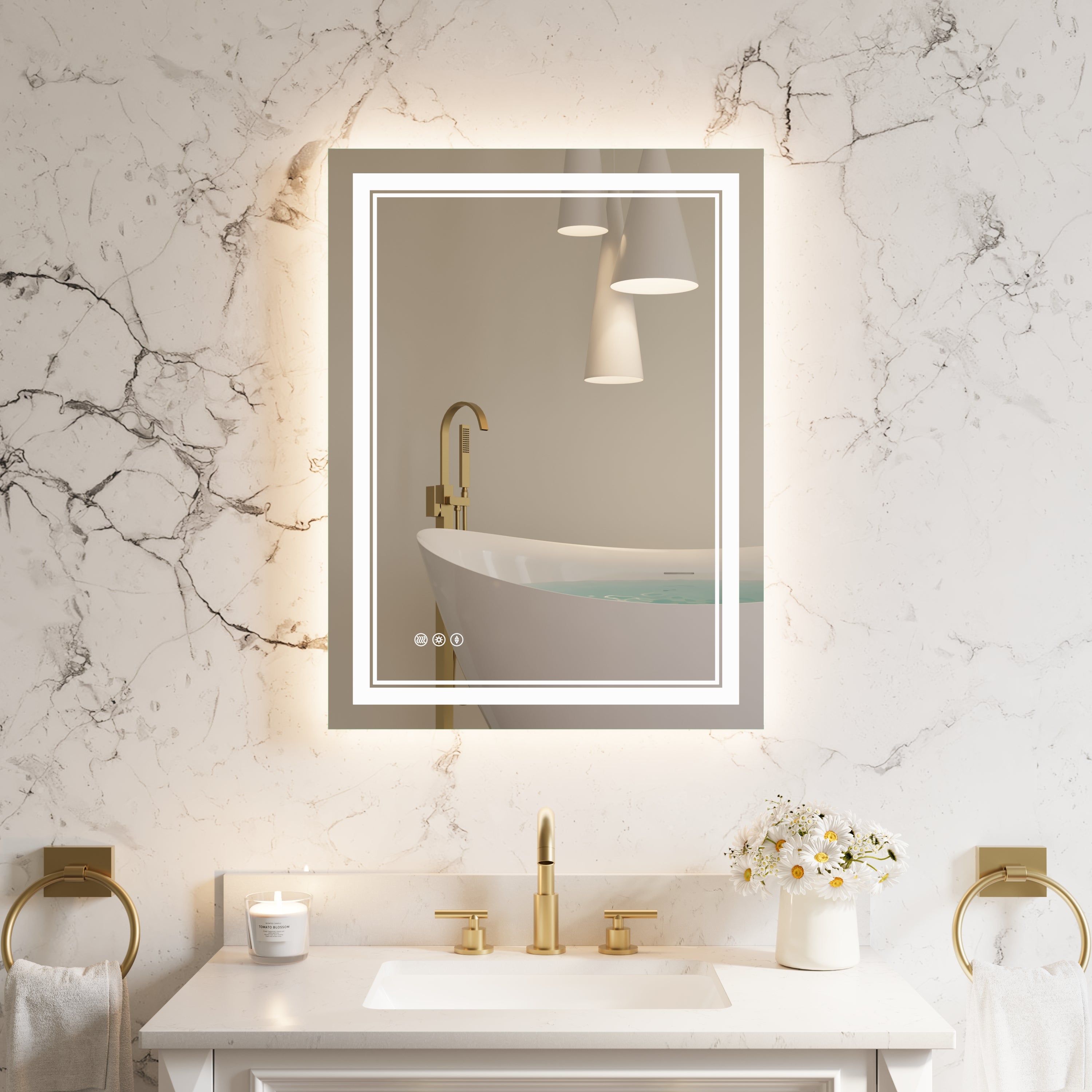
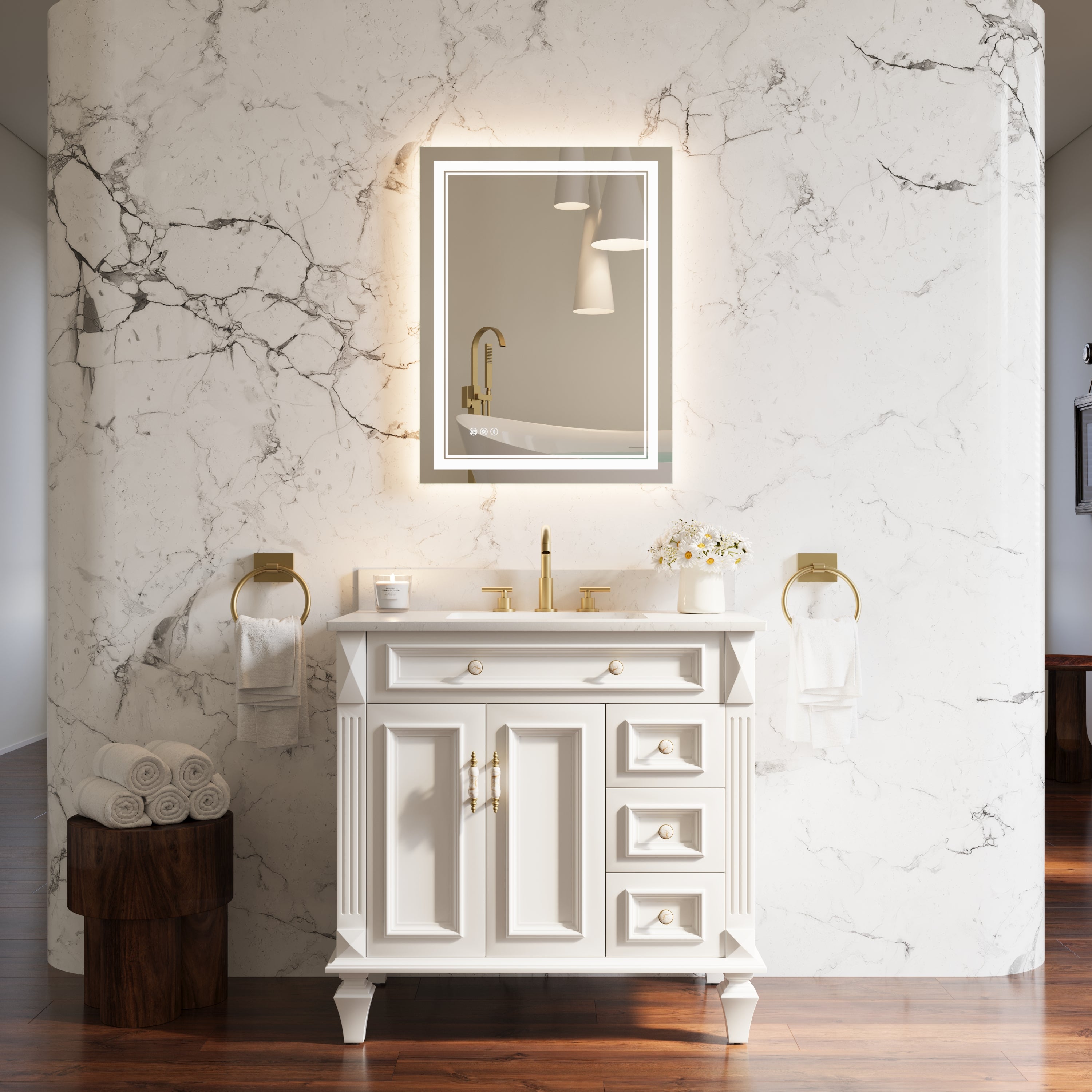
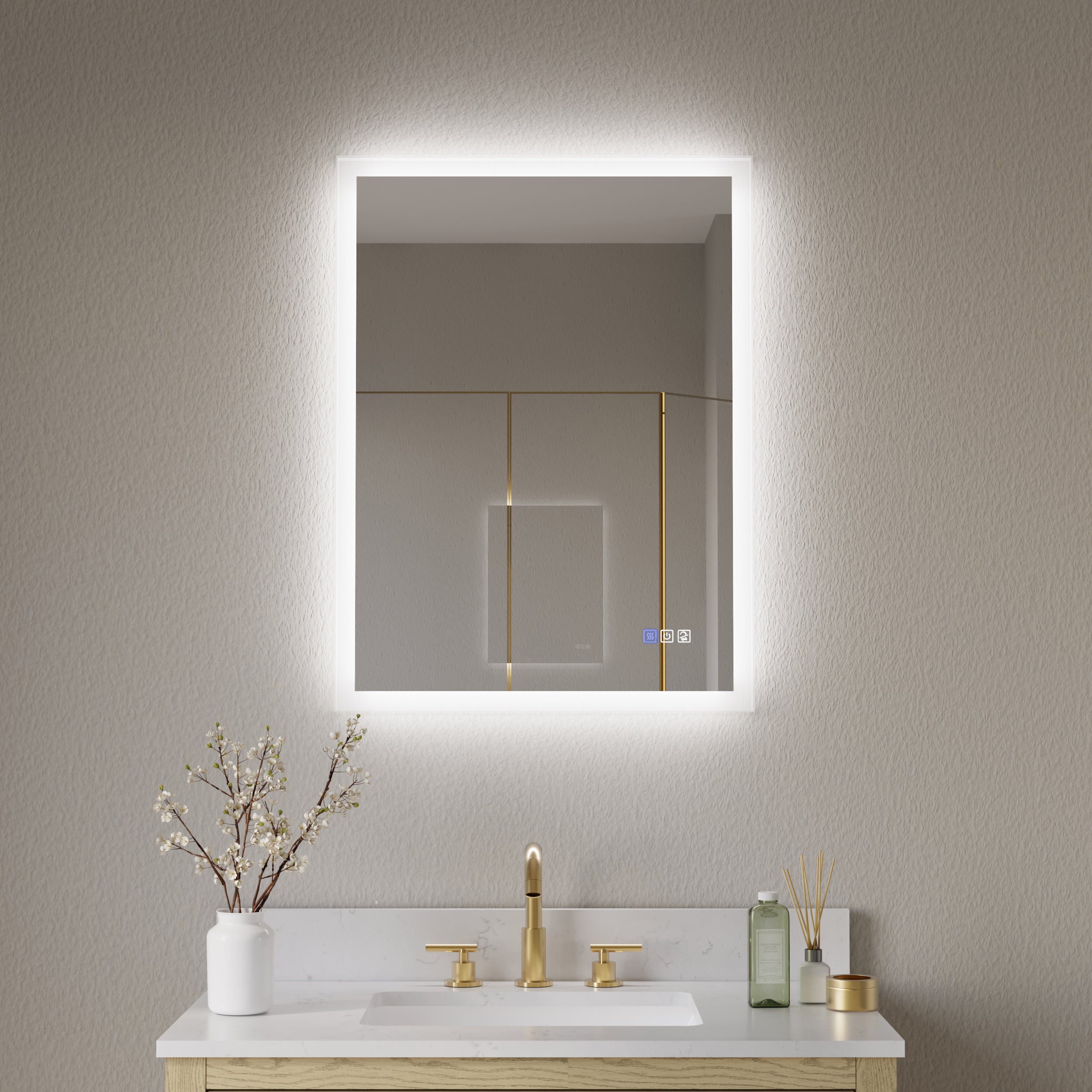

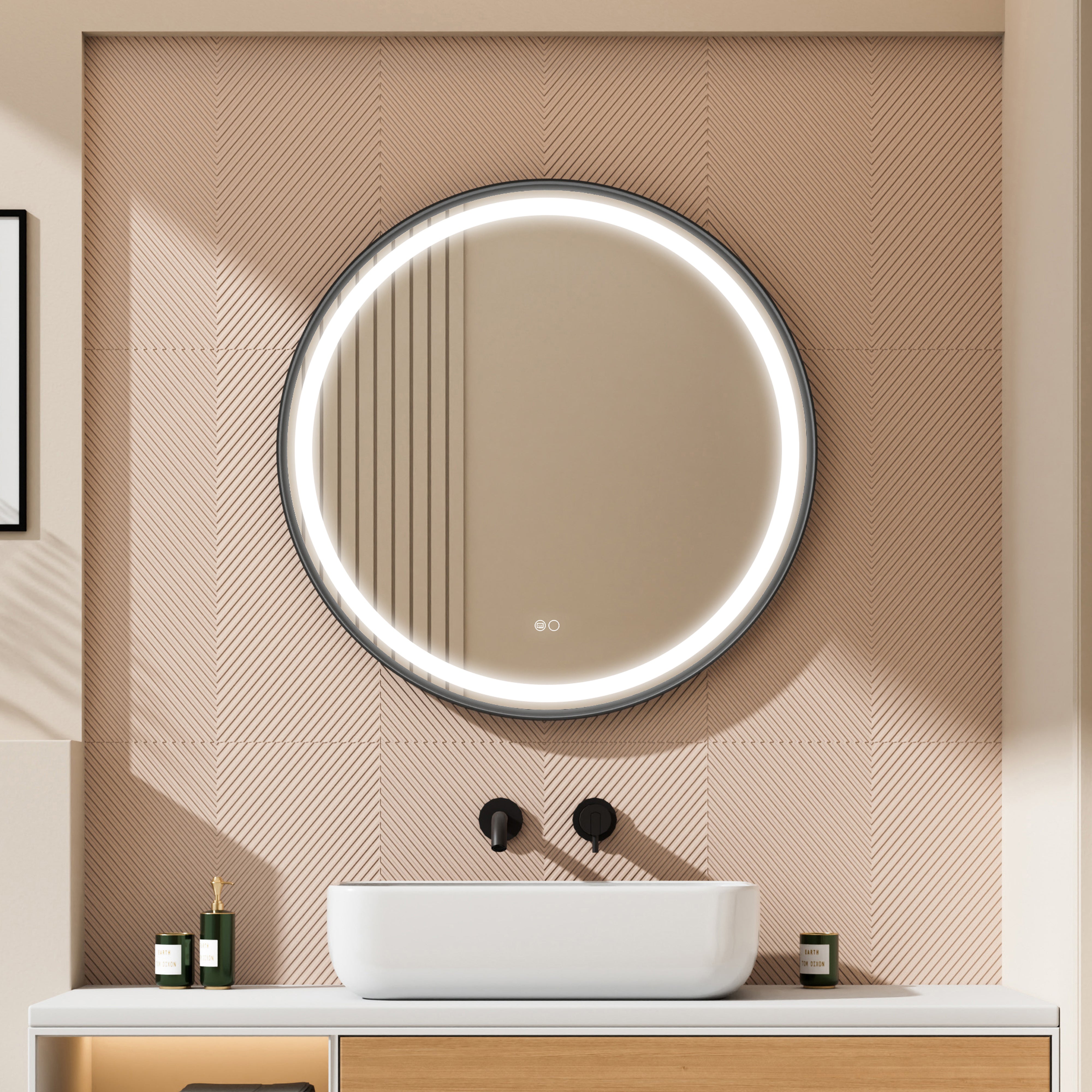
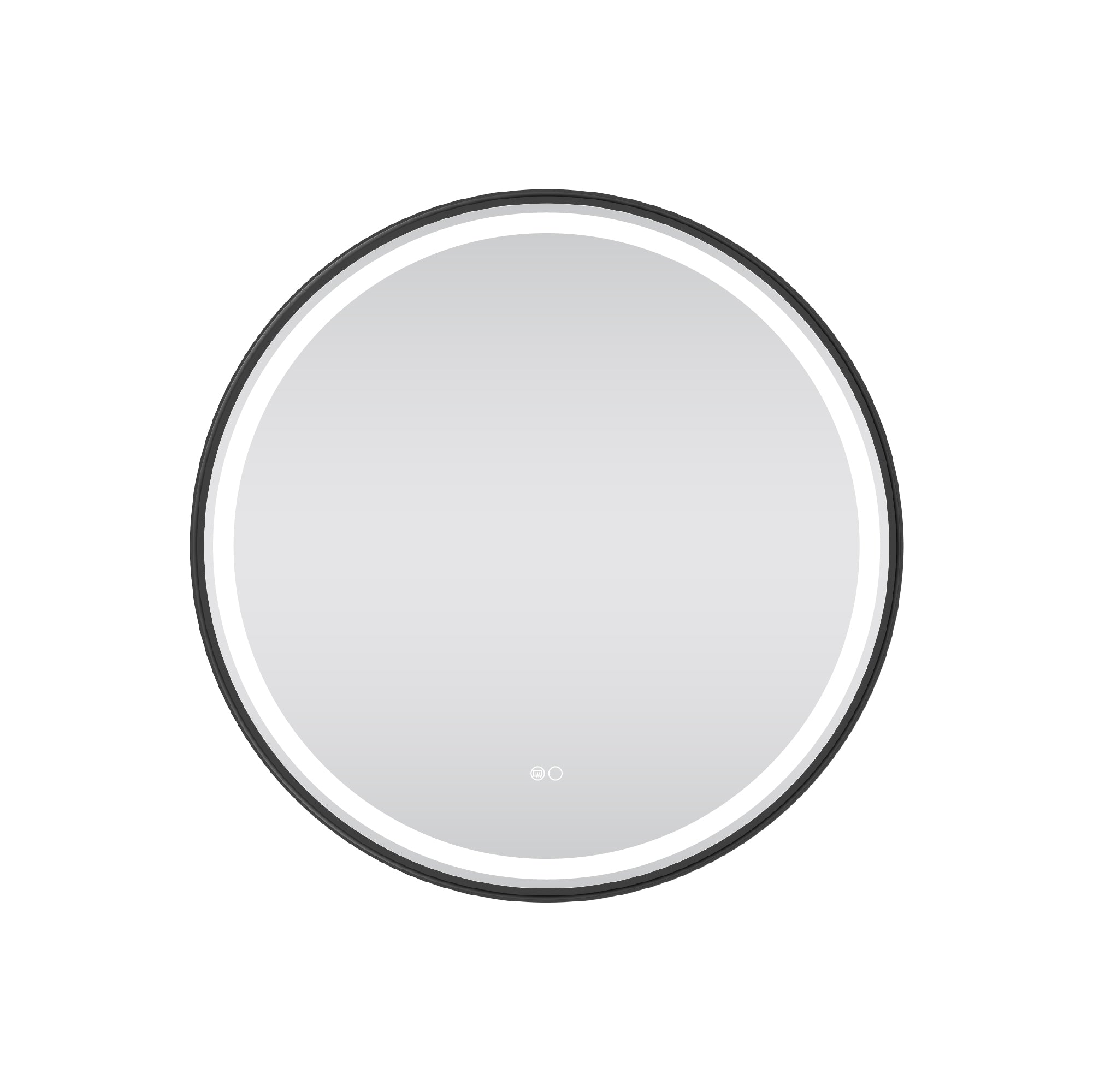


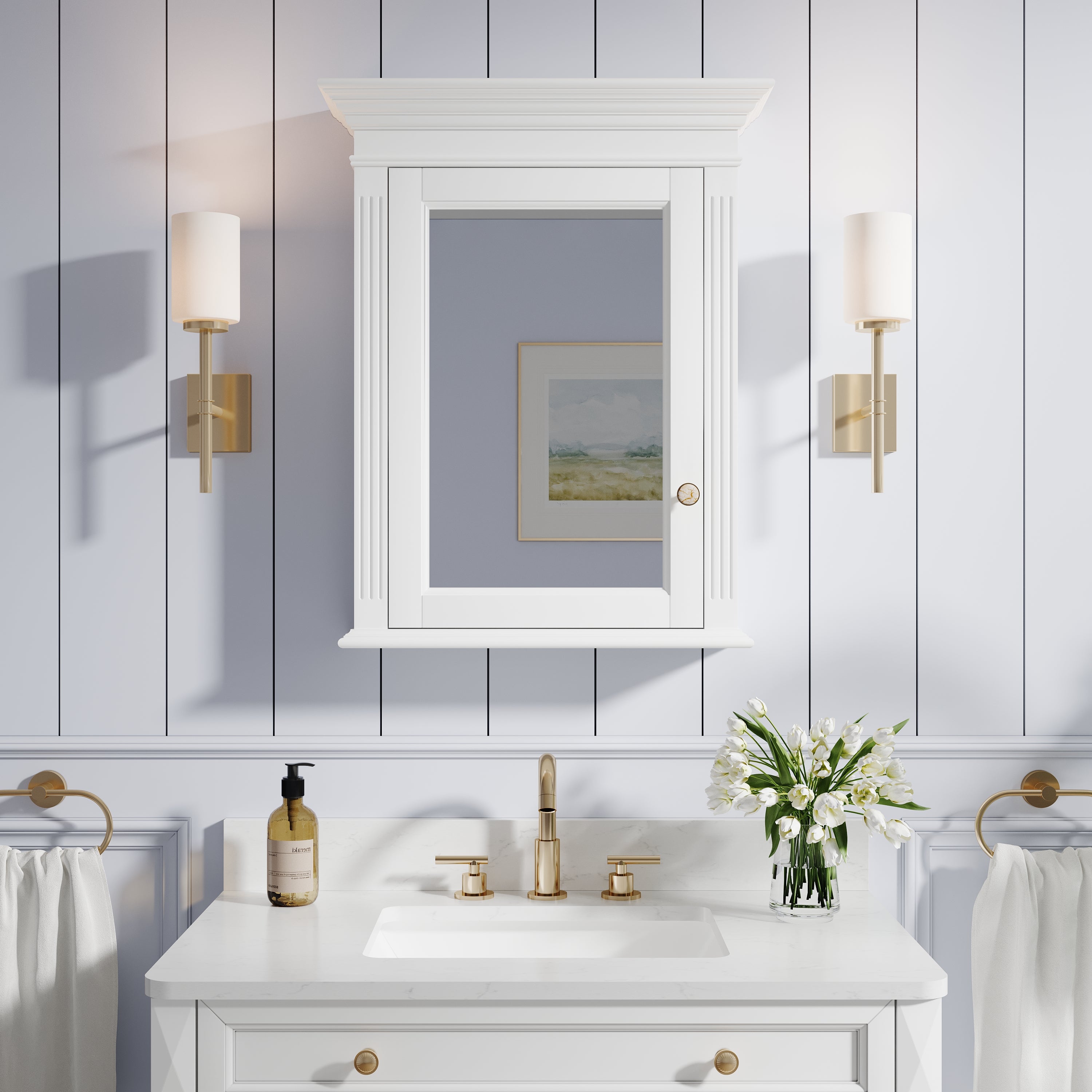
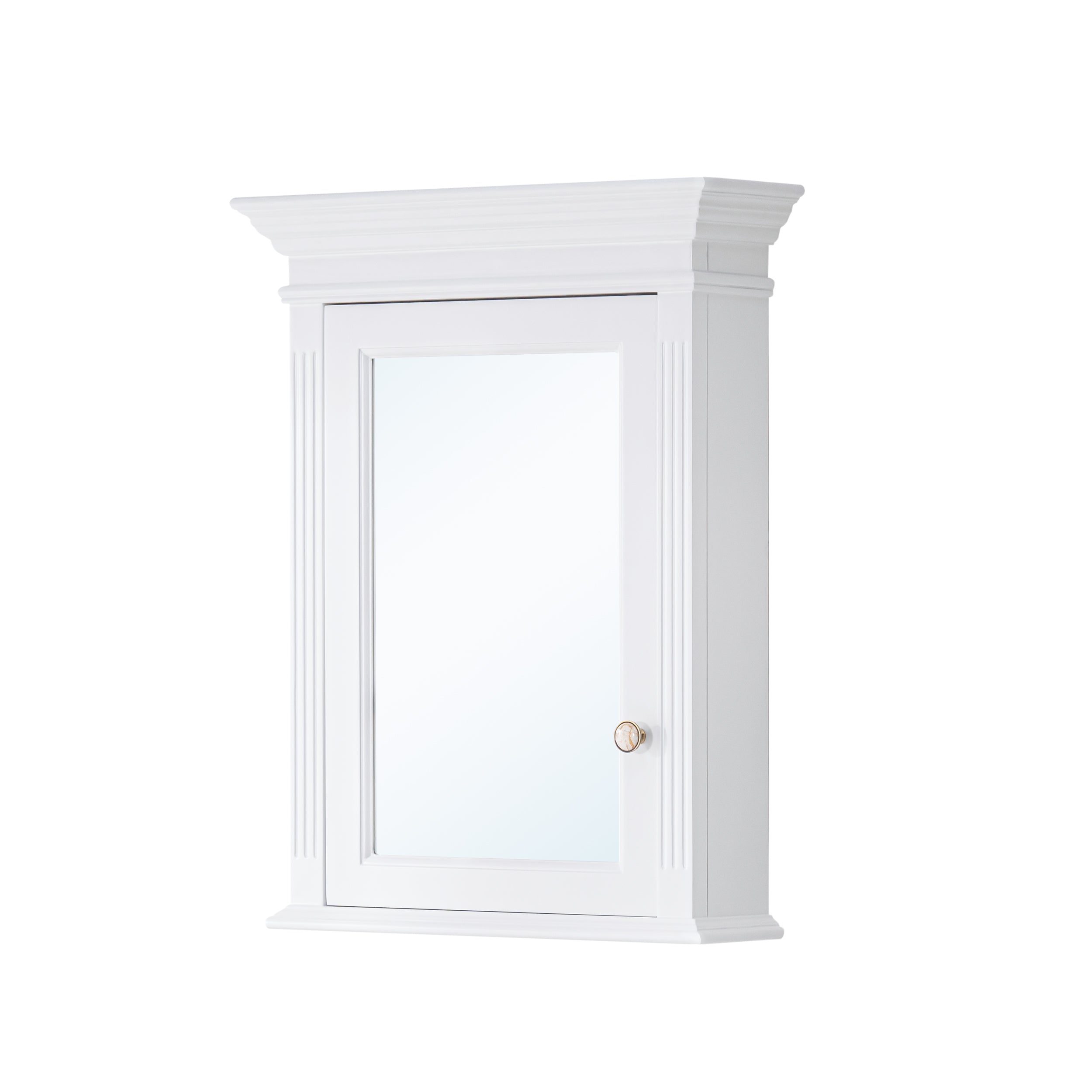
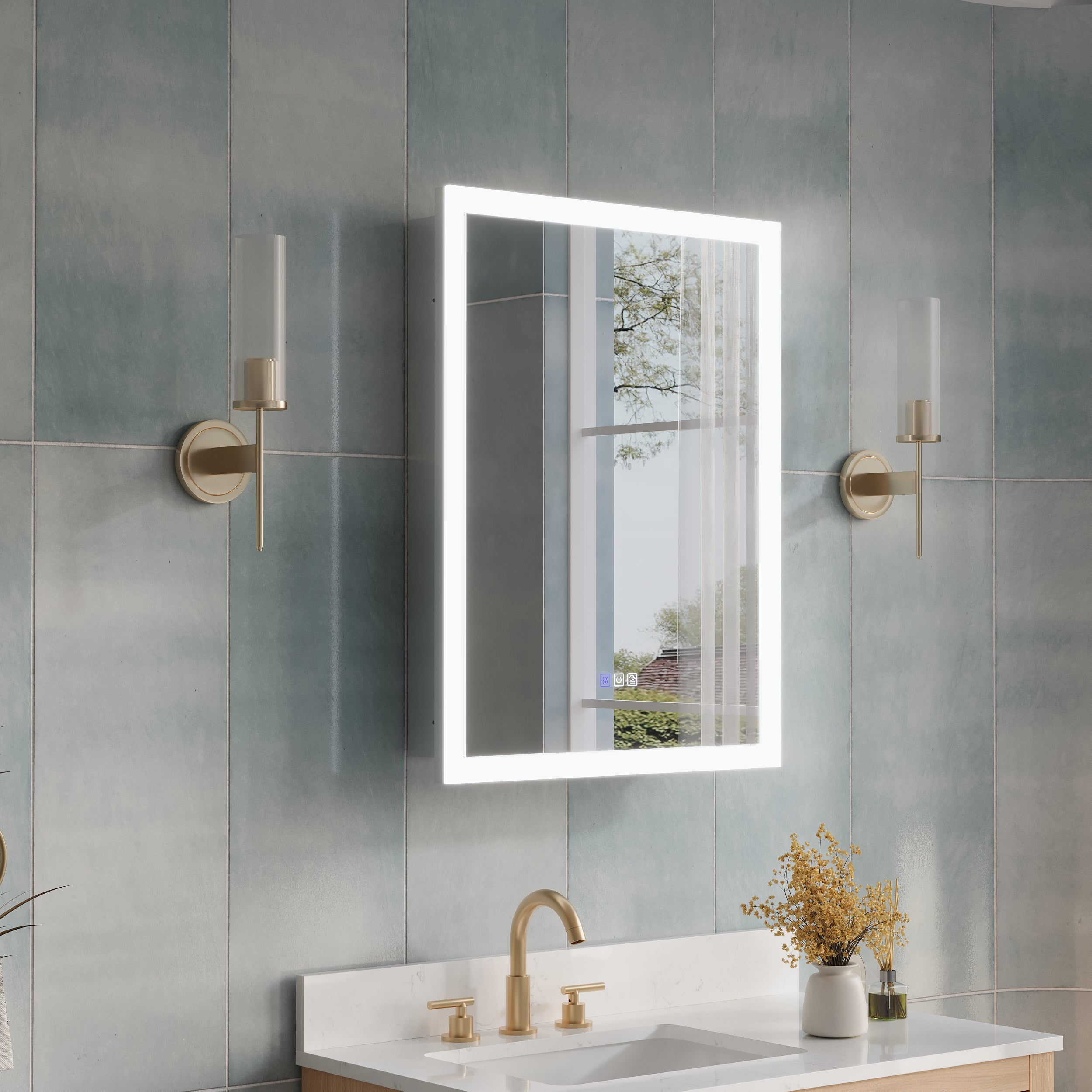
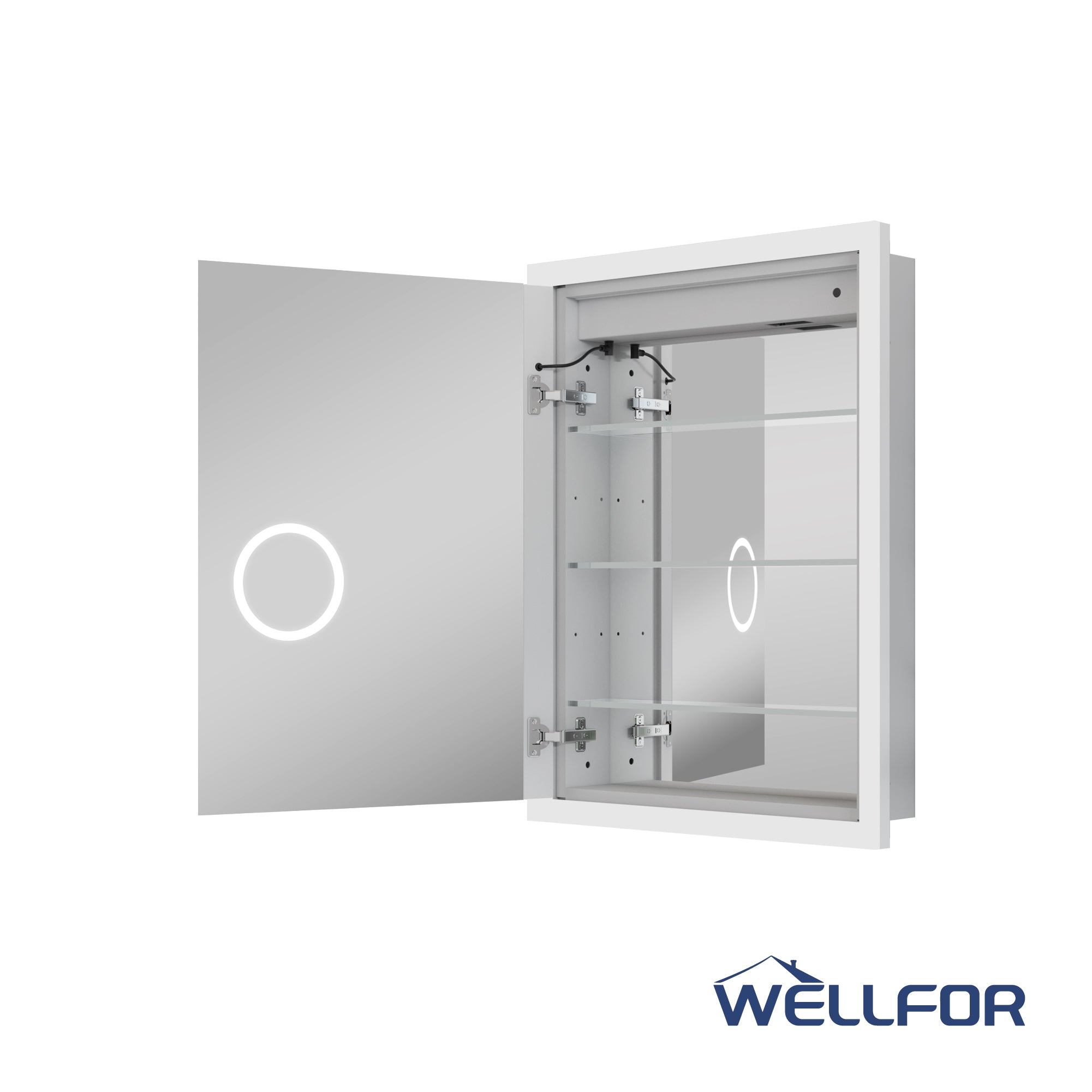
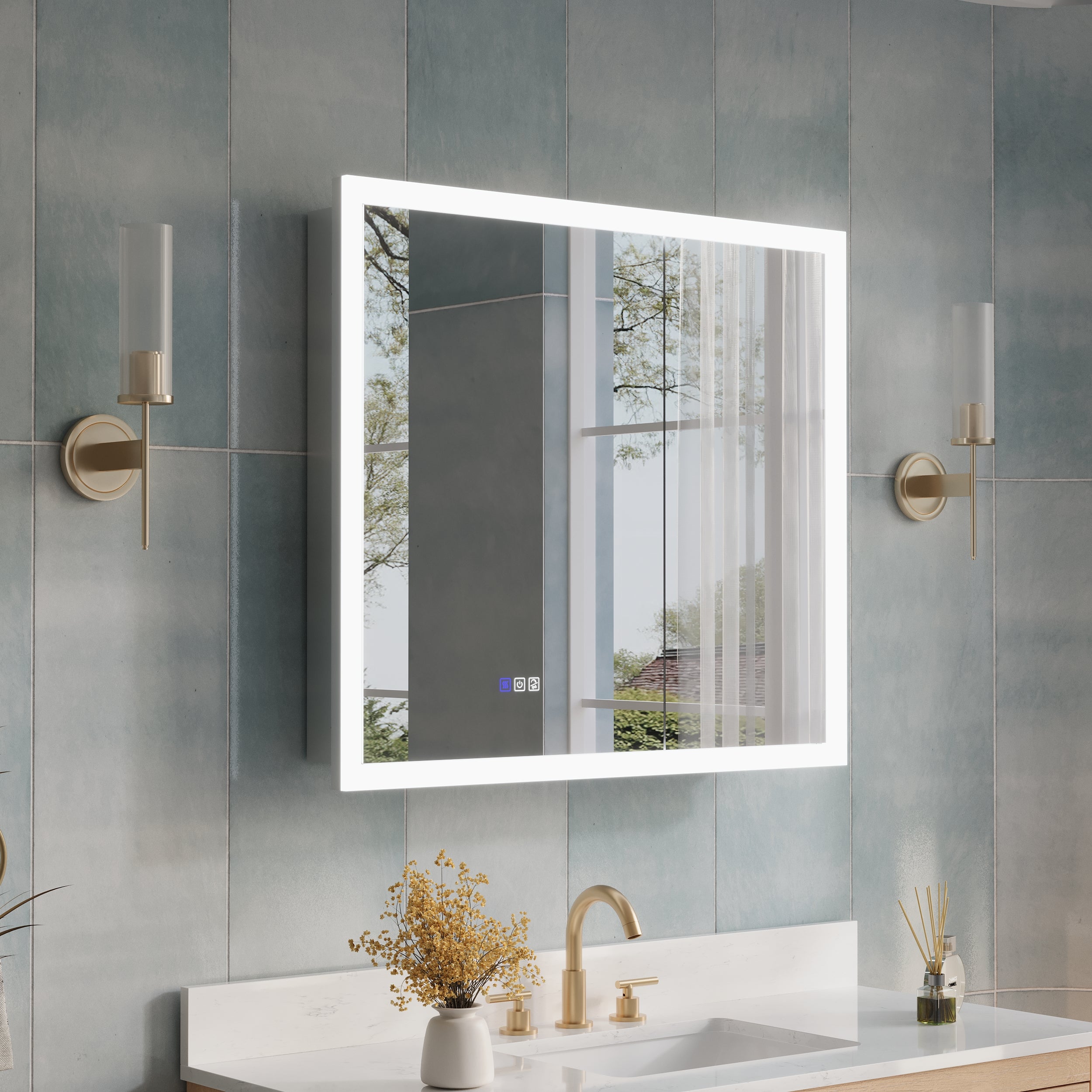




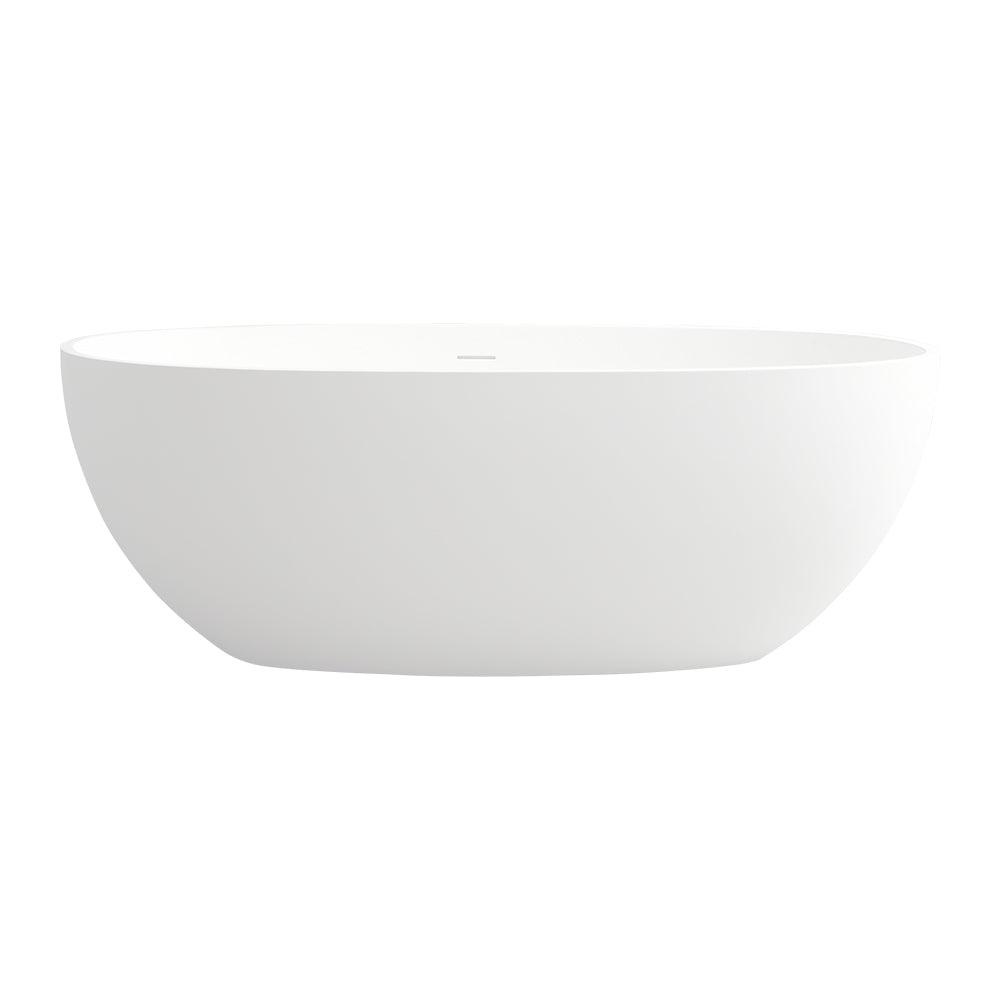
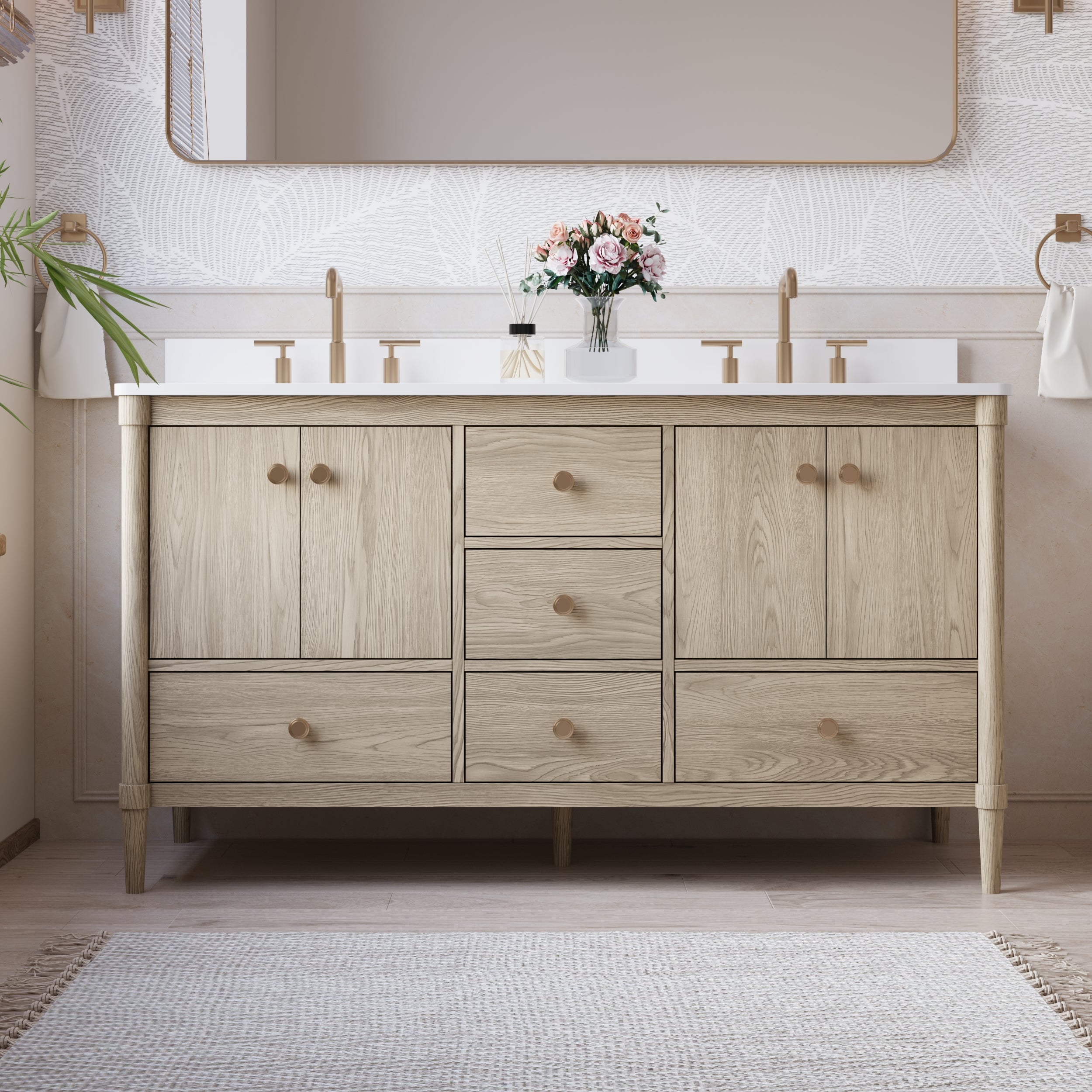
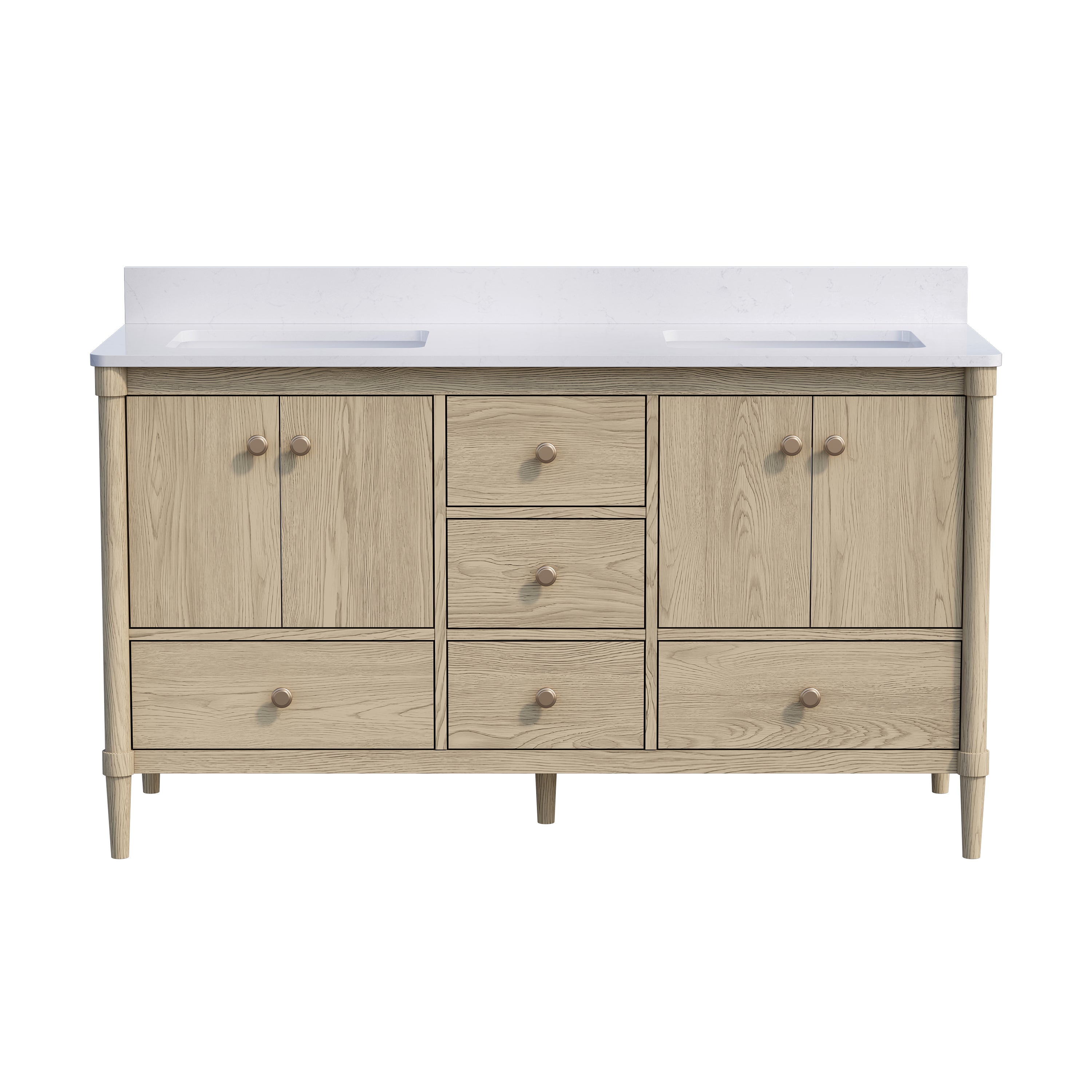
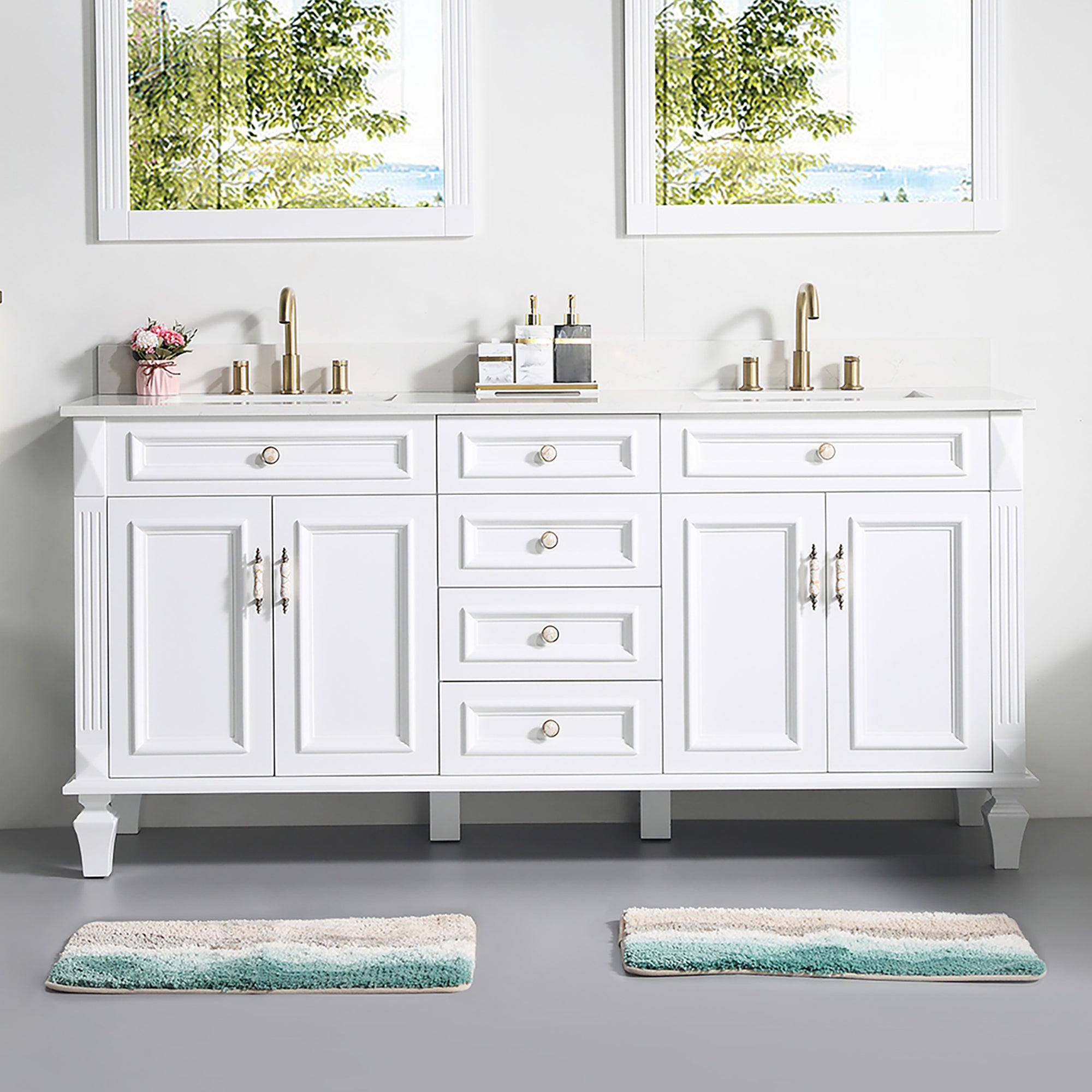

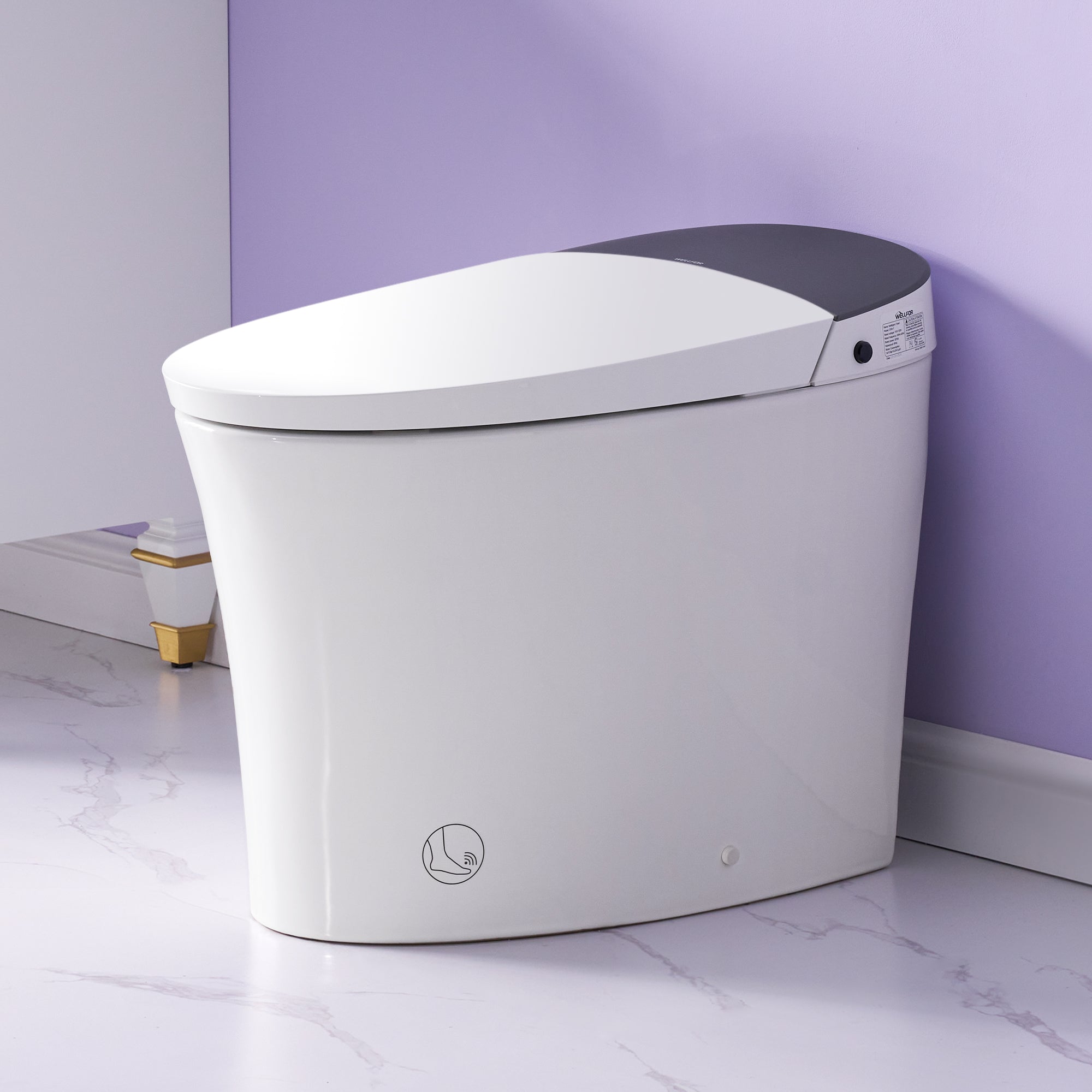
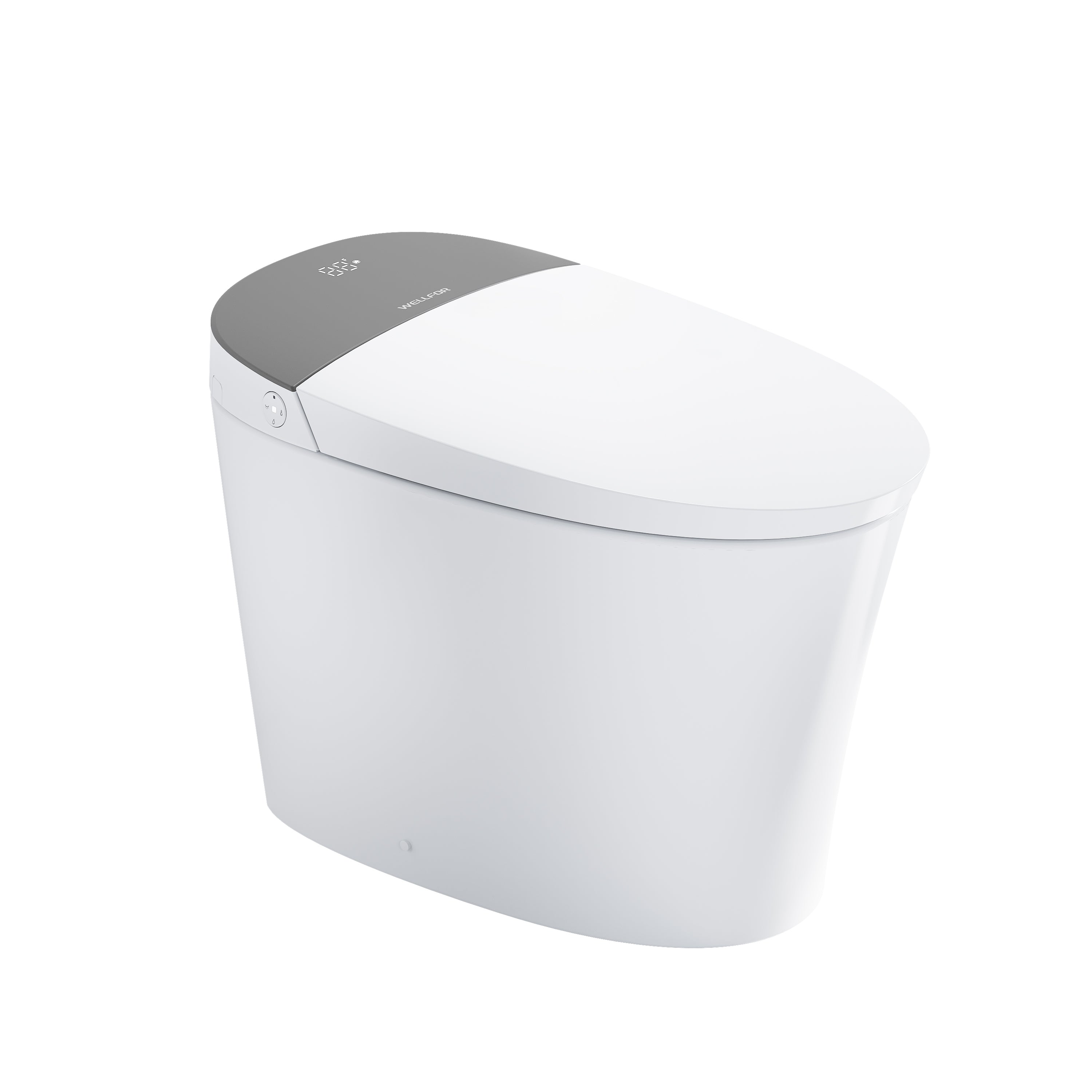

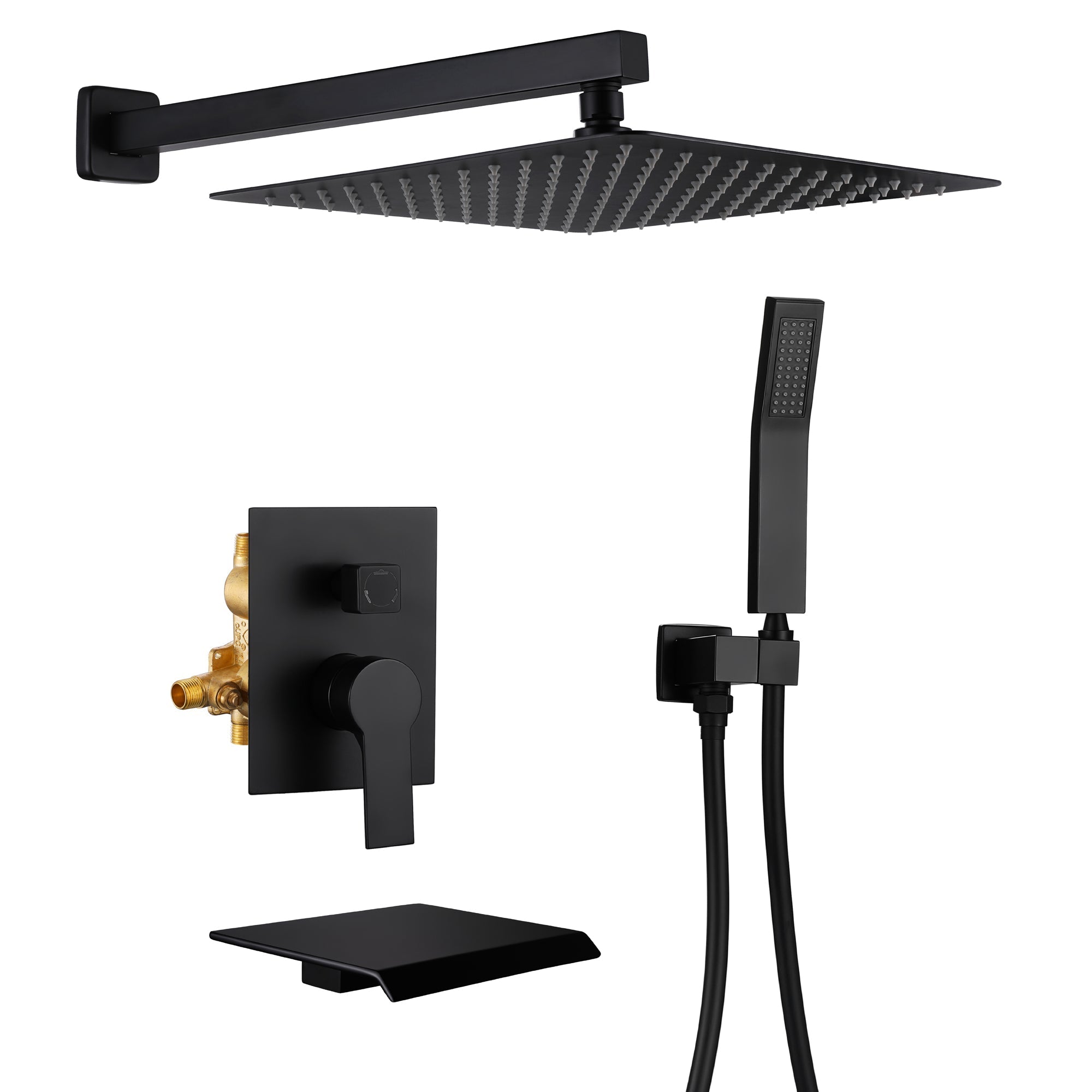
Leave a comment
This site is protected by hCaptcha and the hCaptcha Privacy Policy and Terms of Service apply.